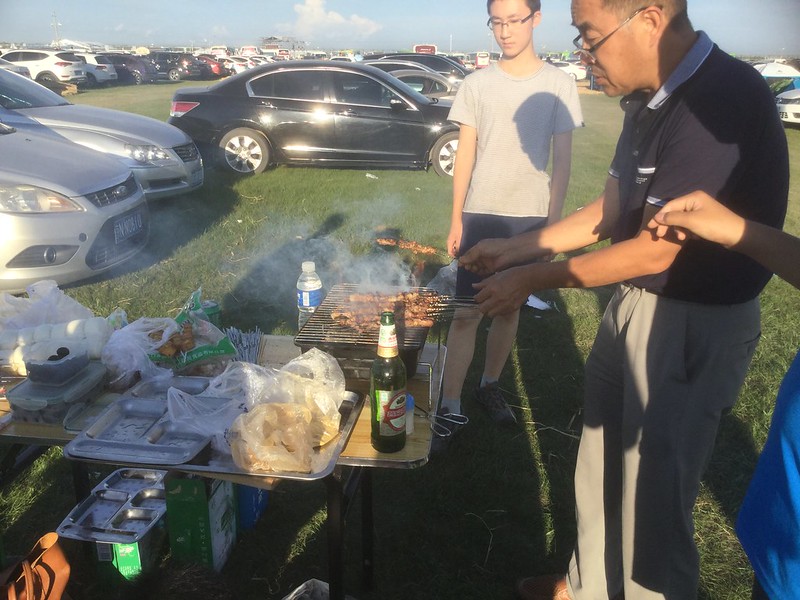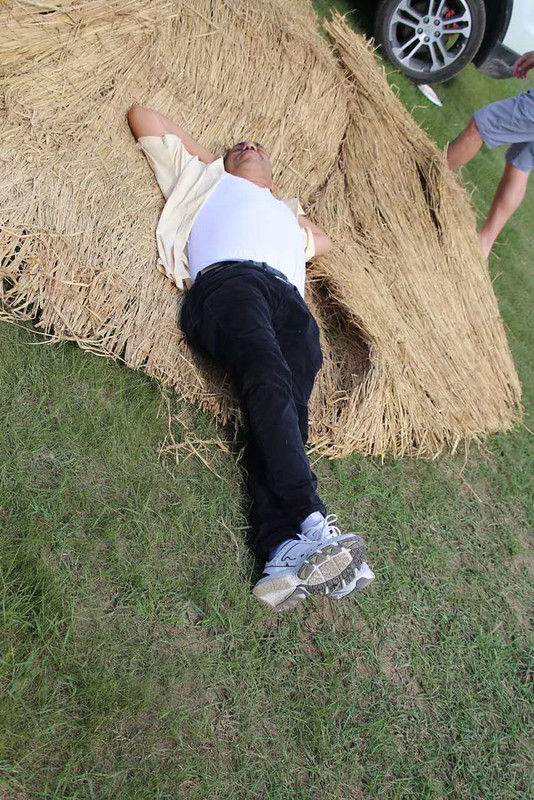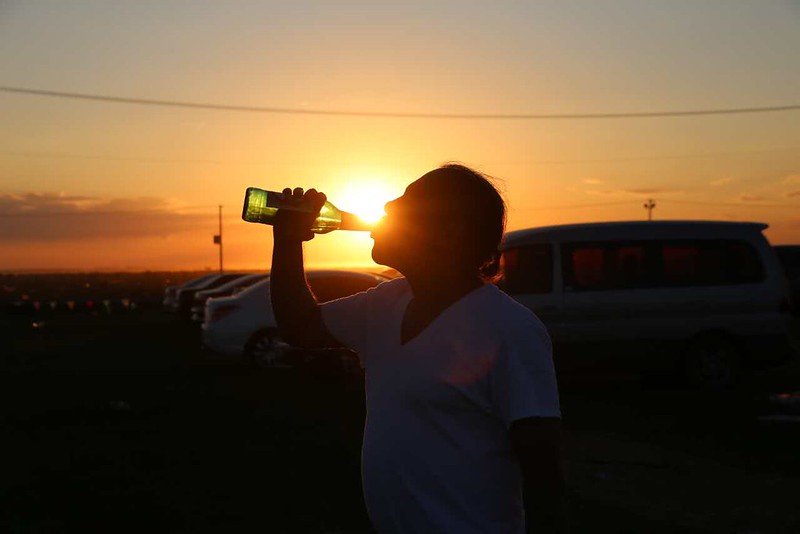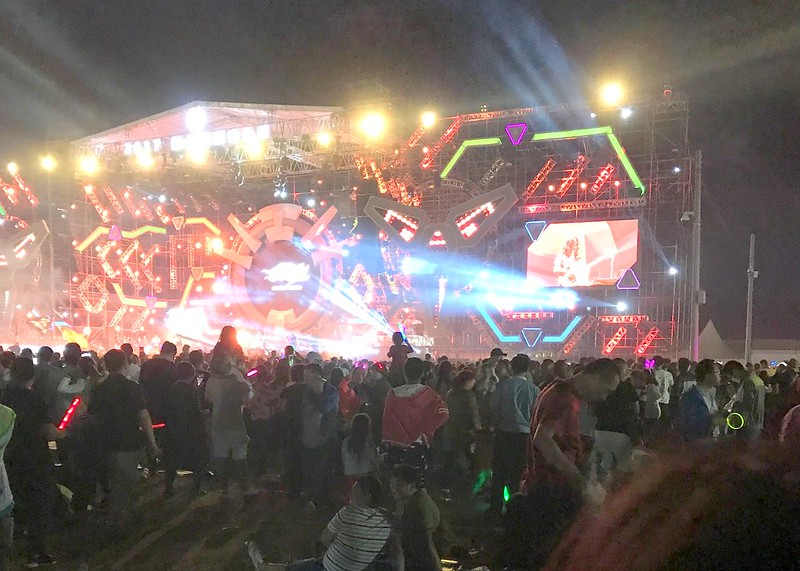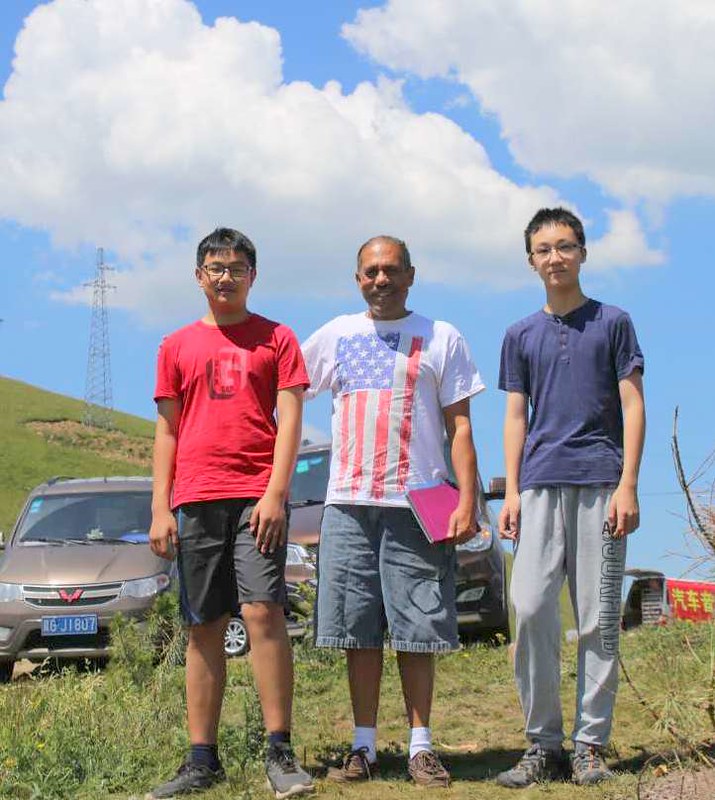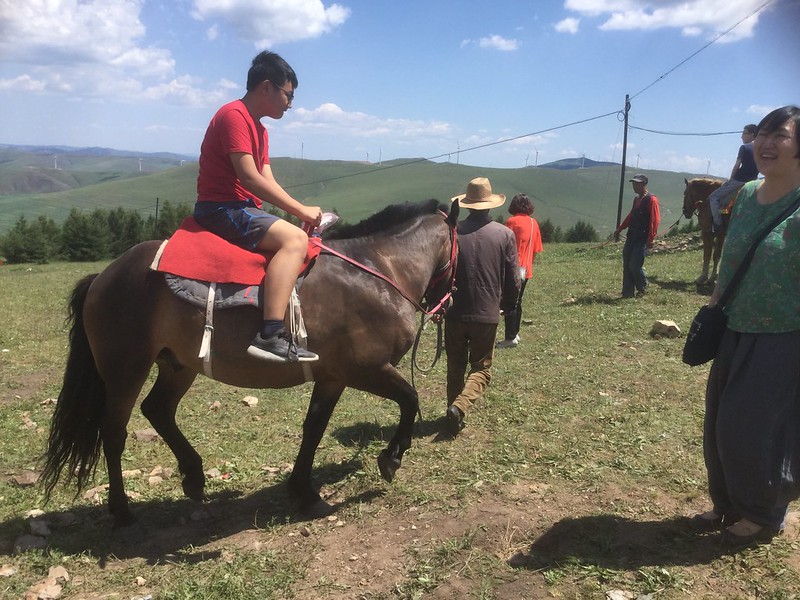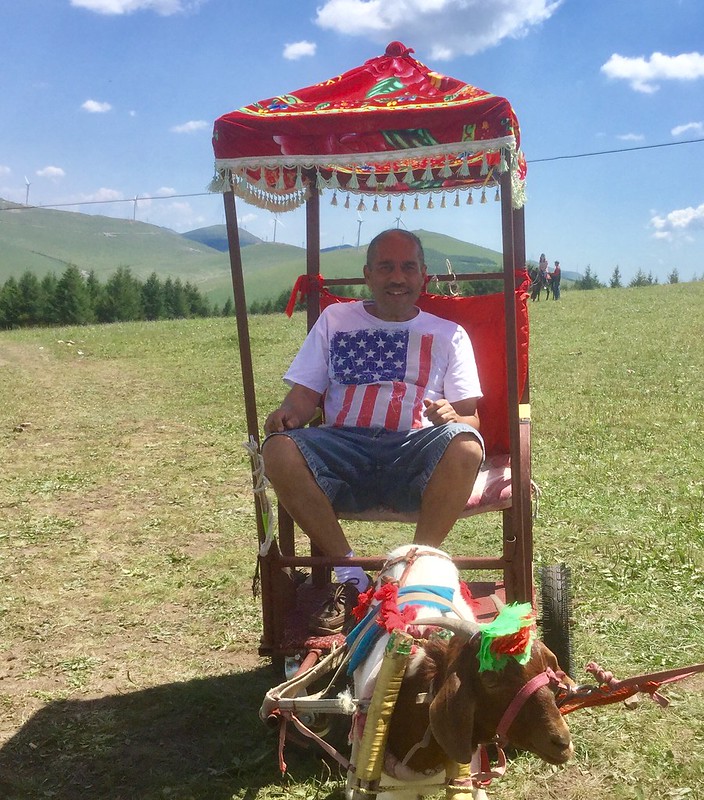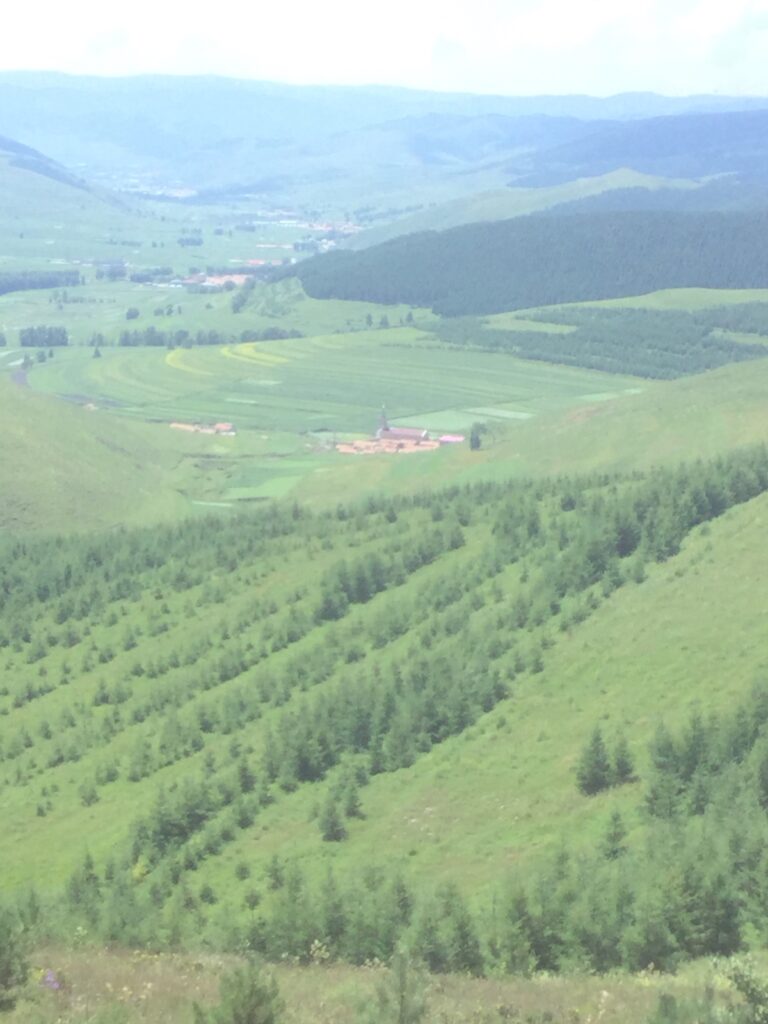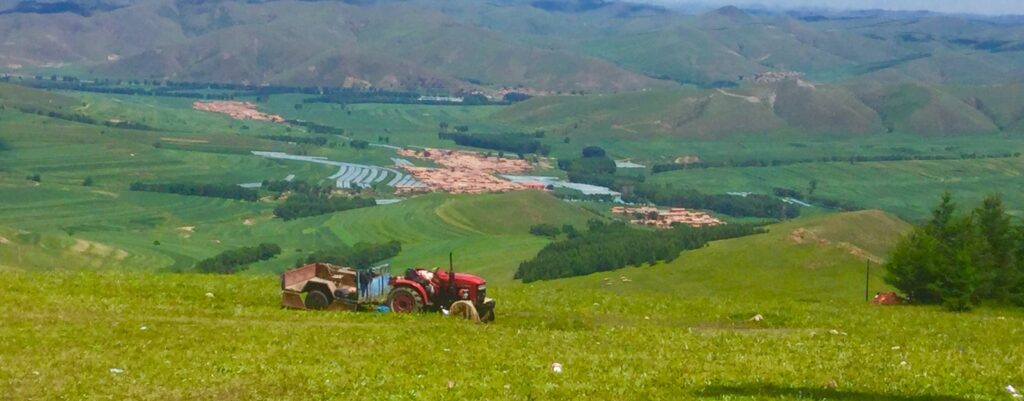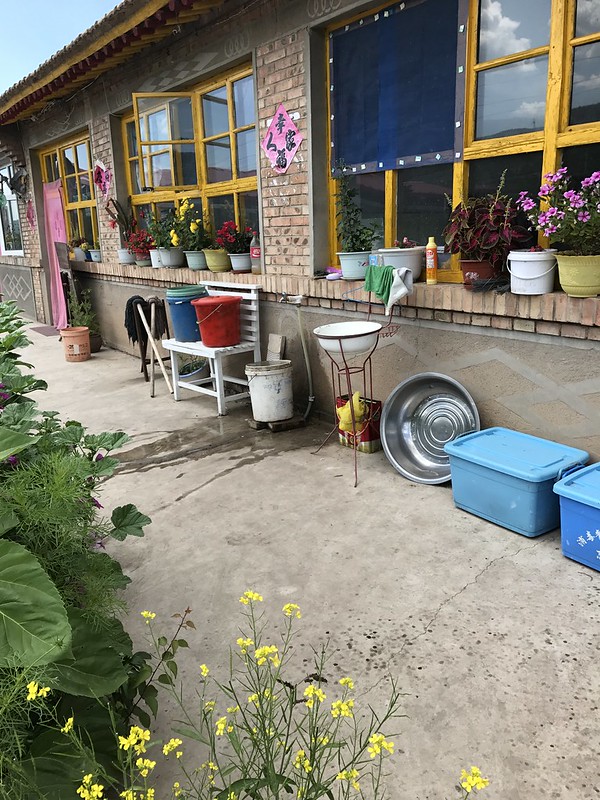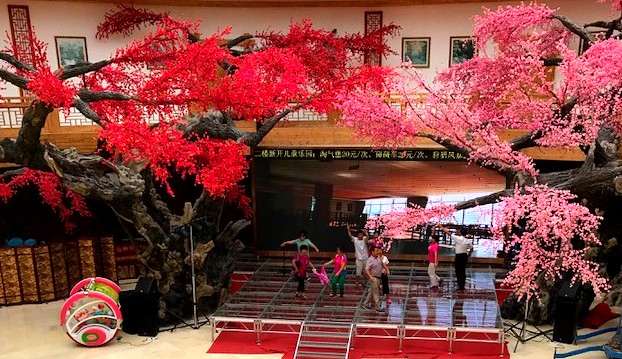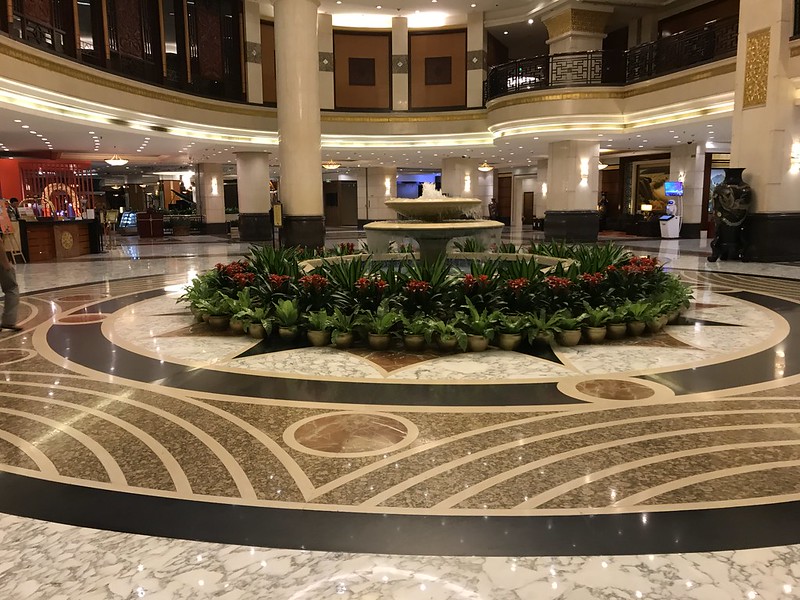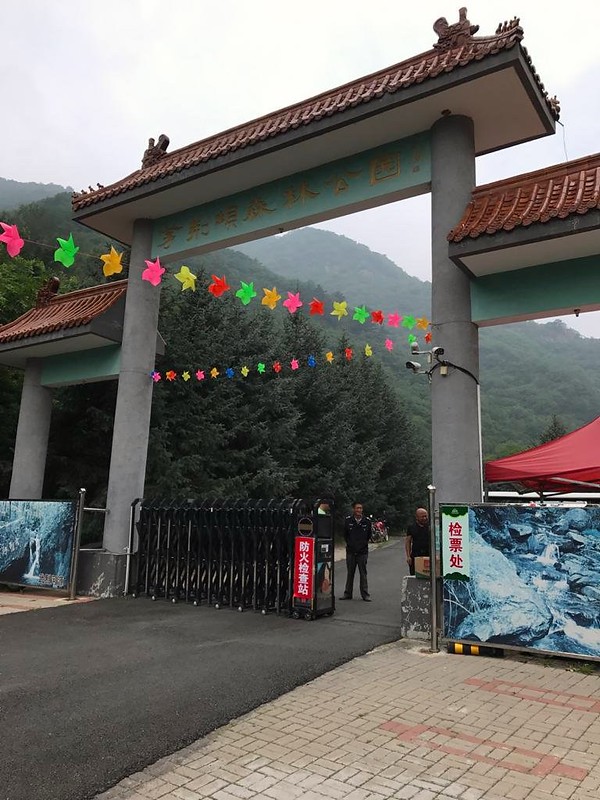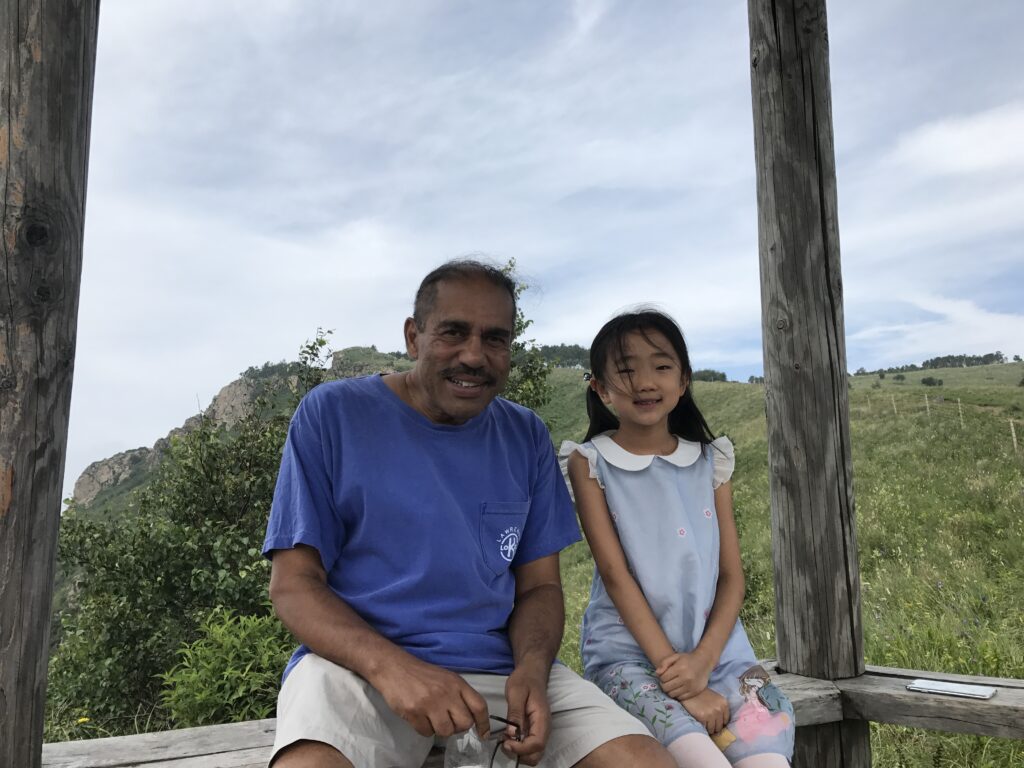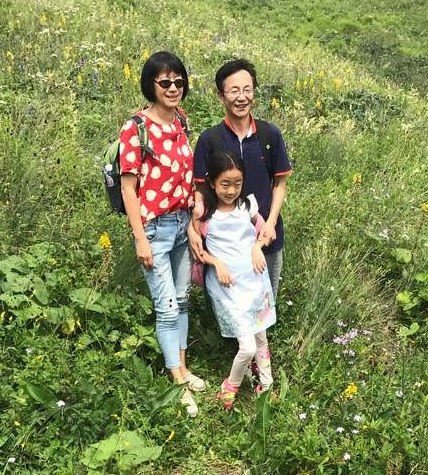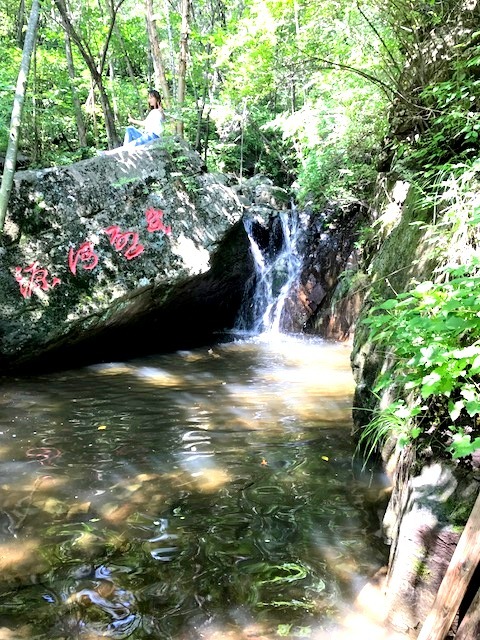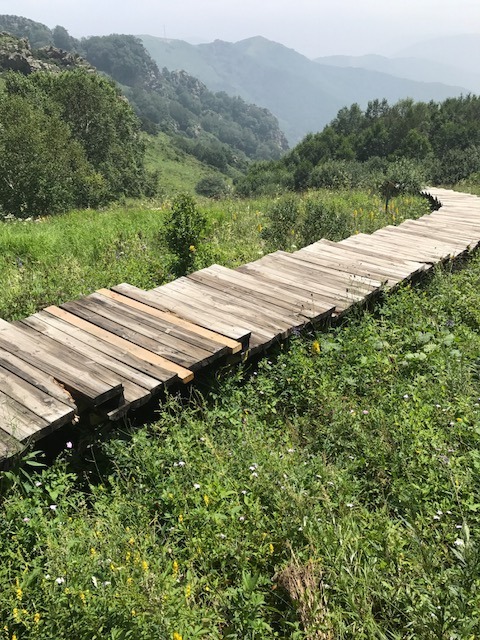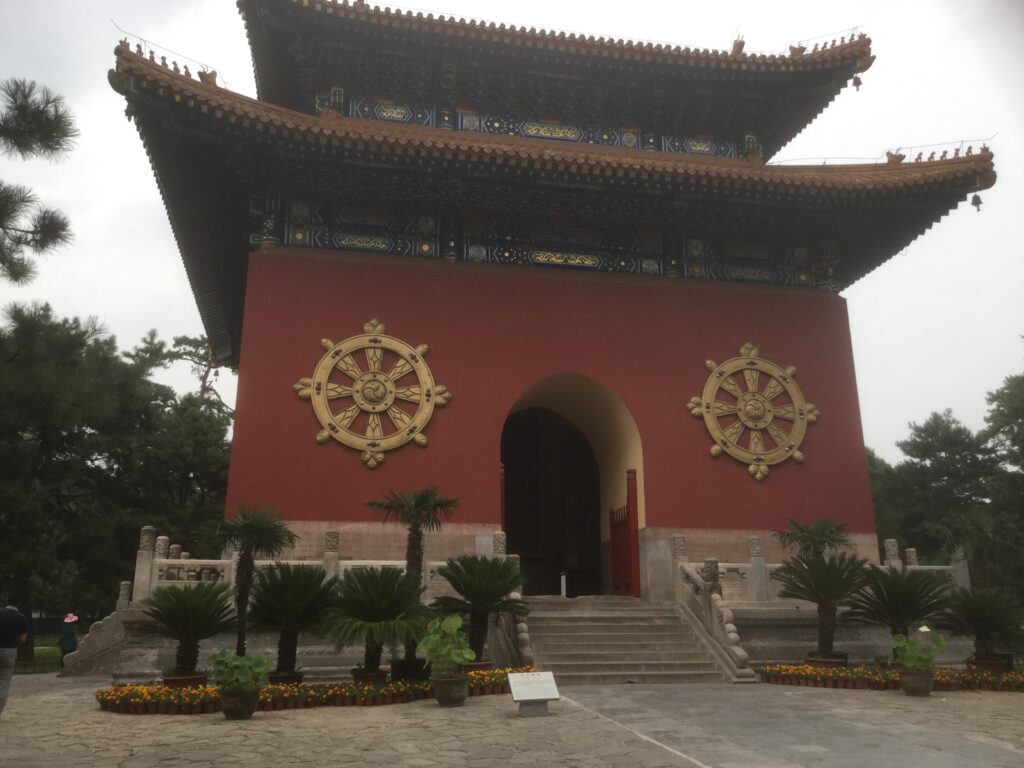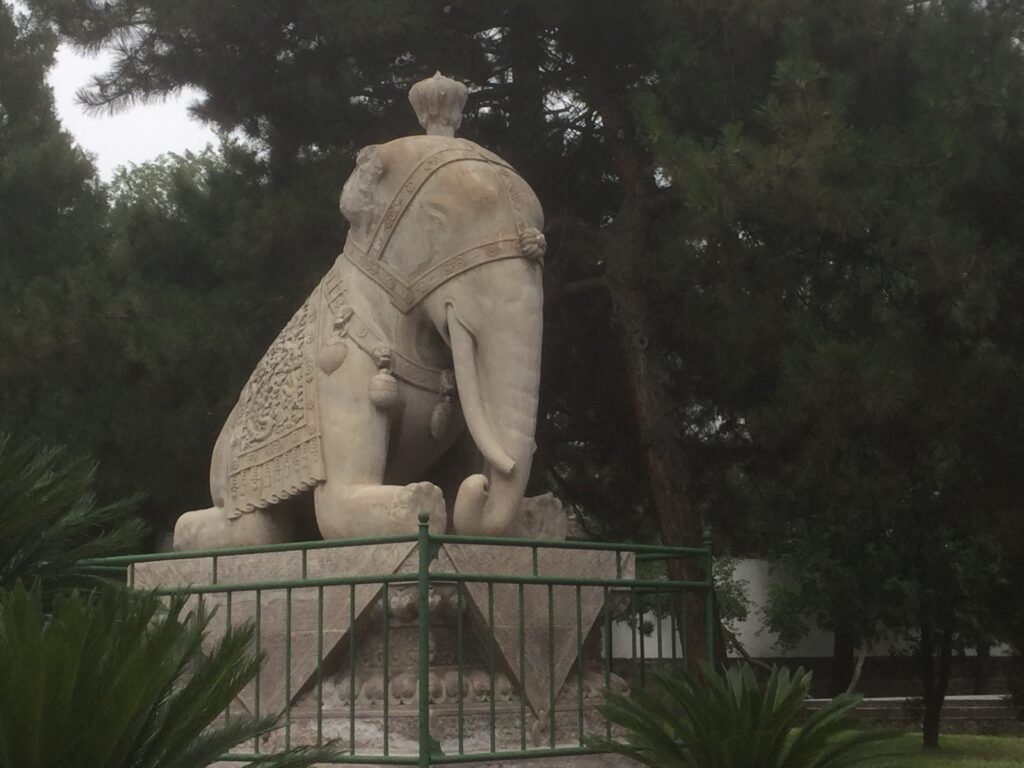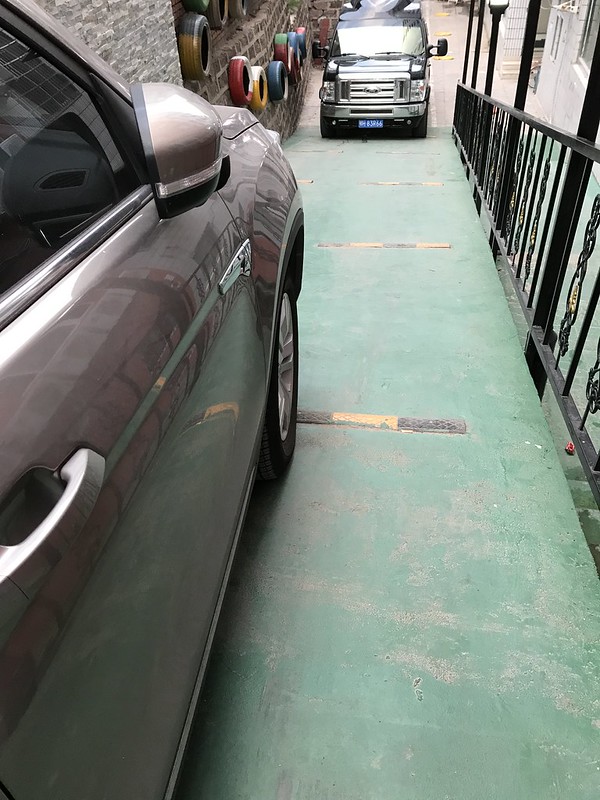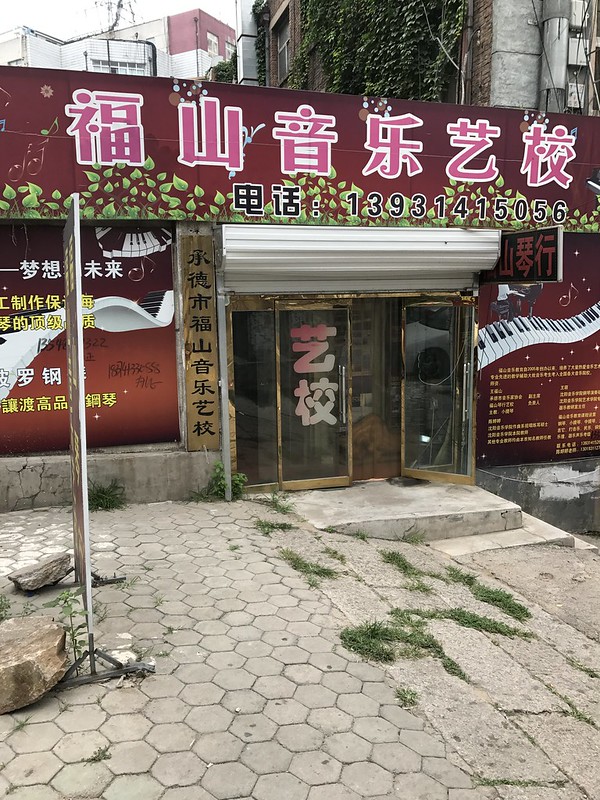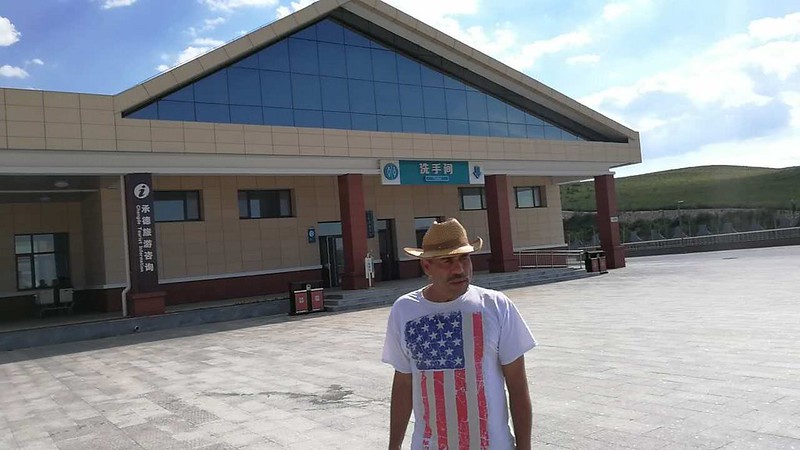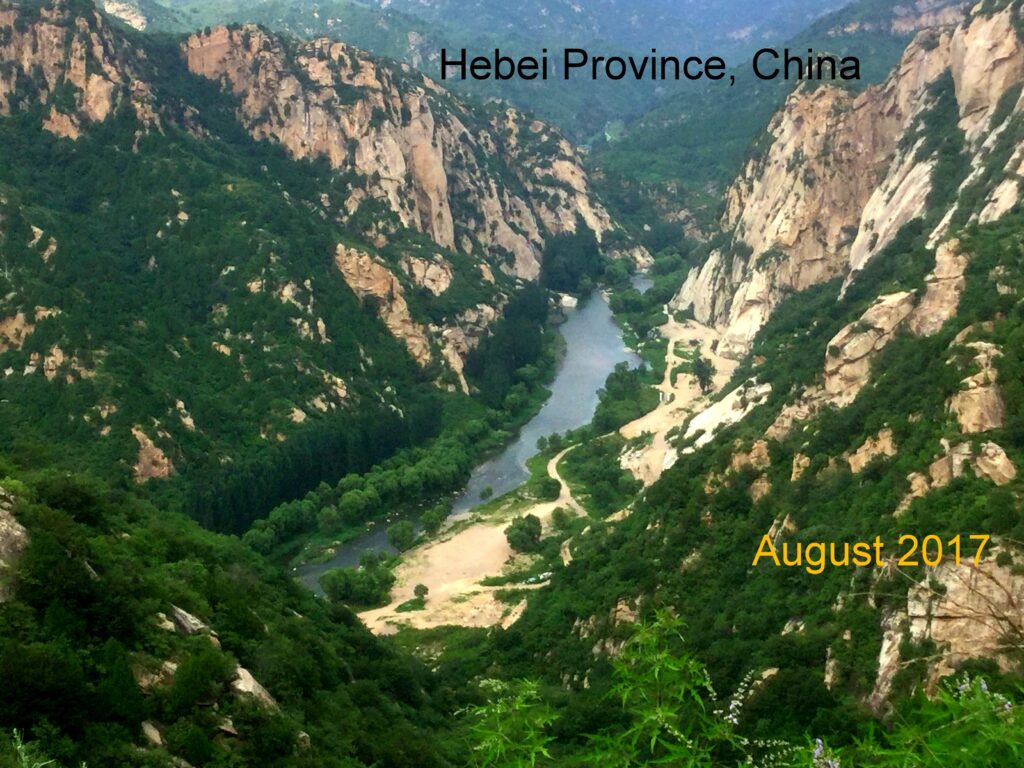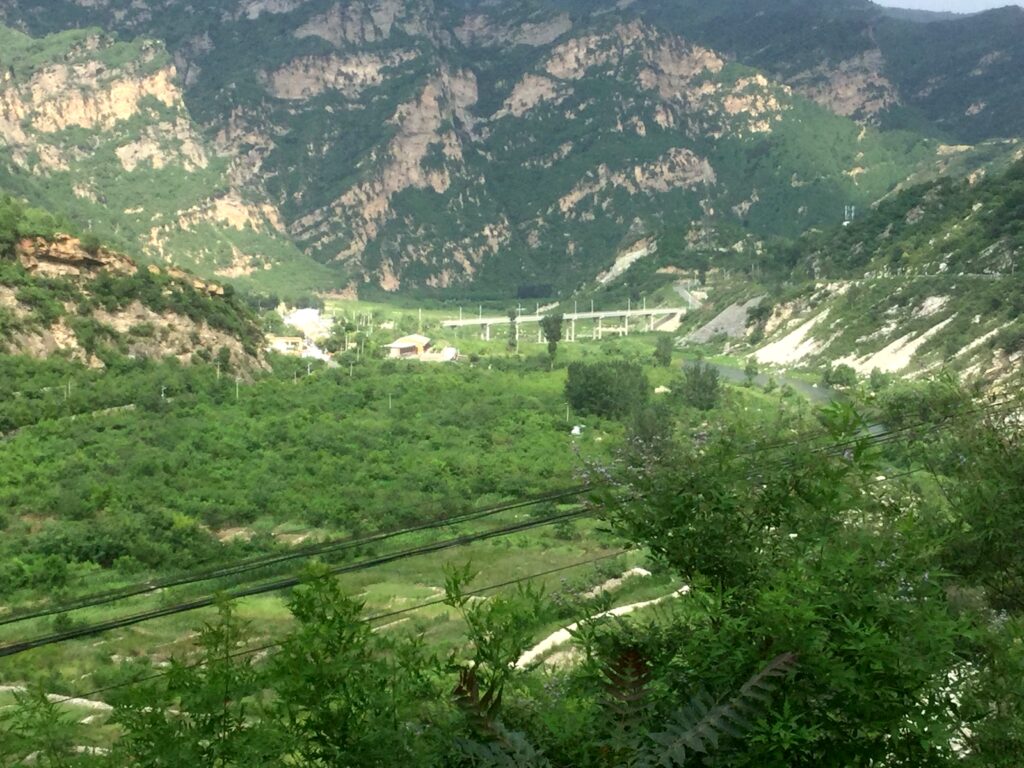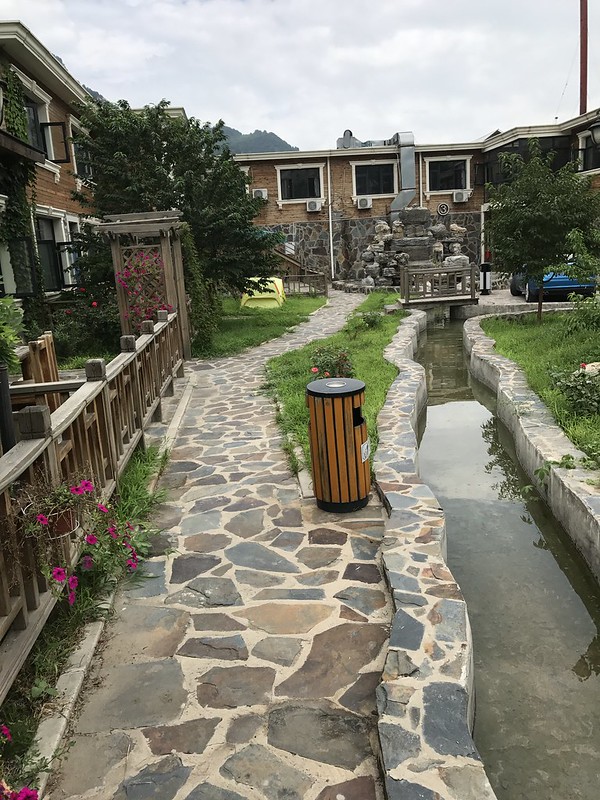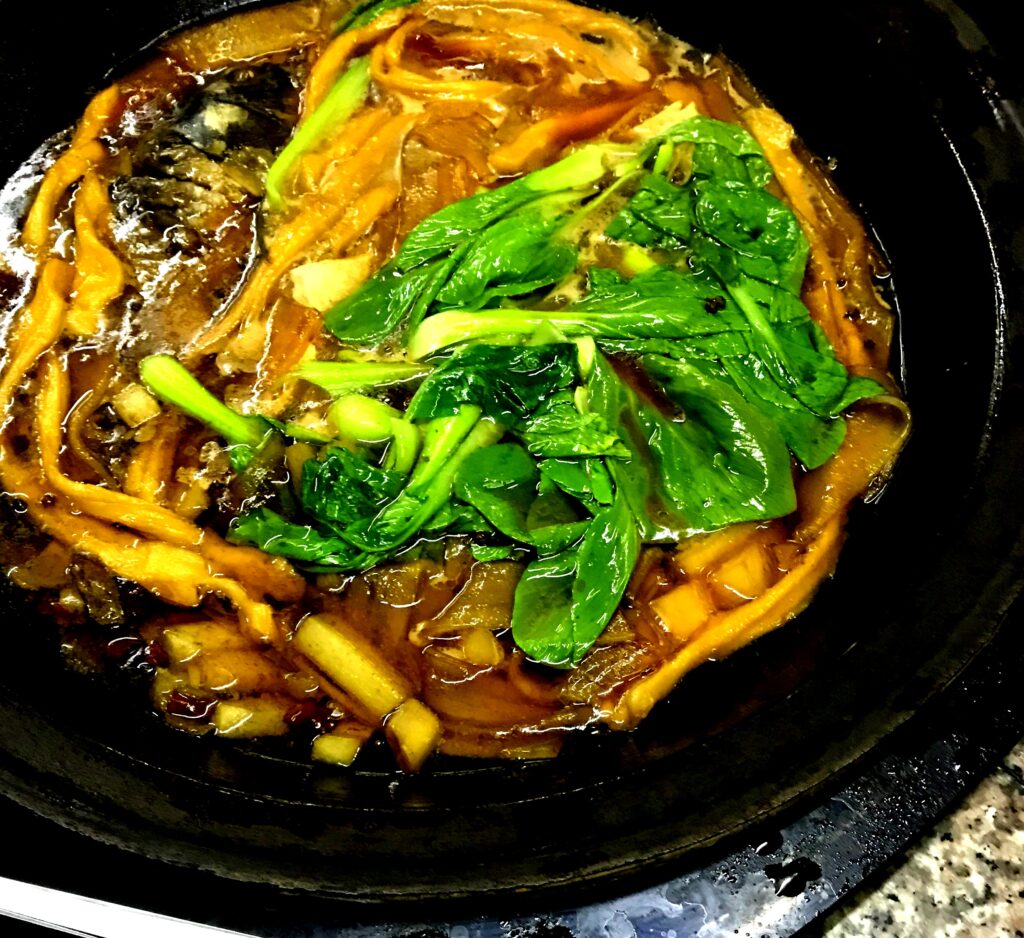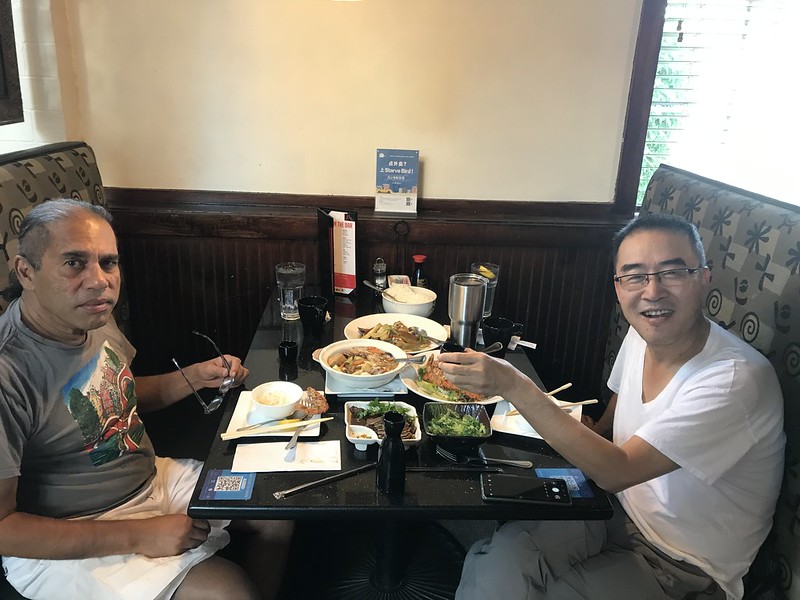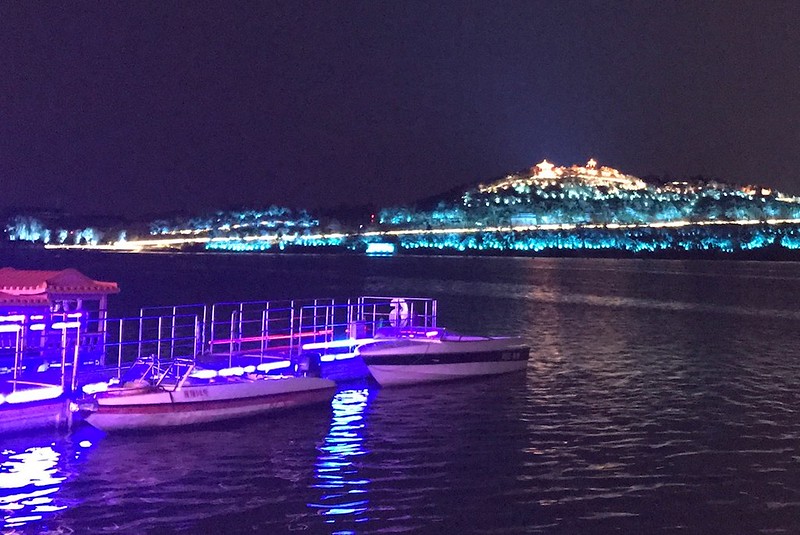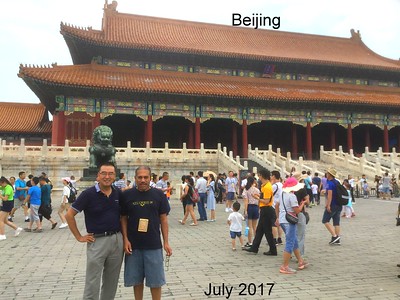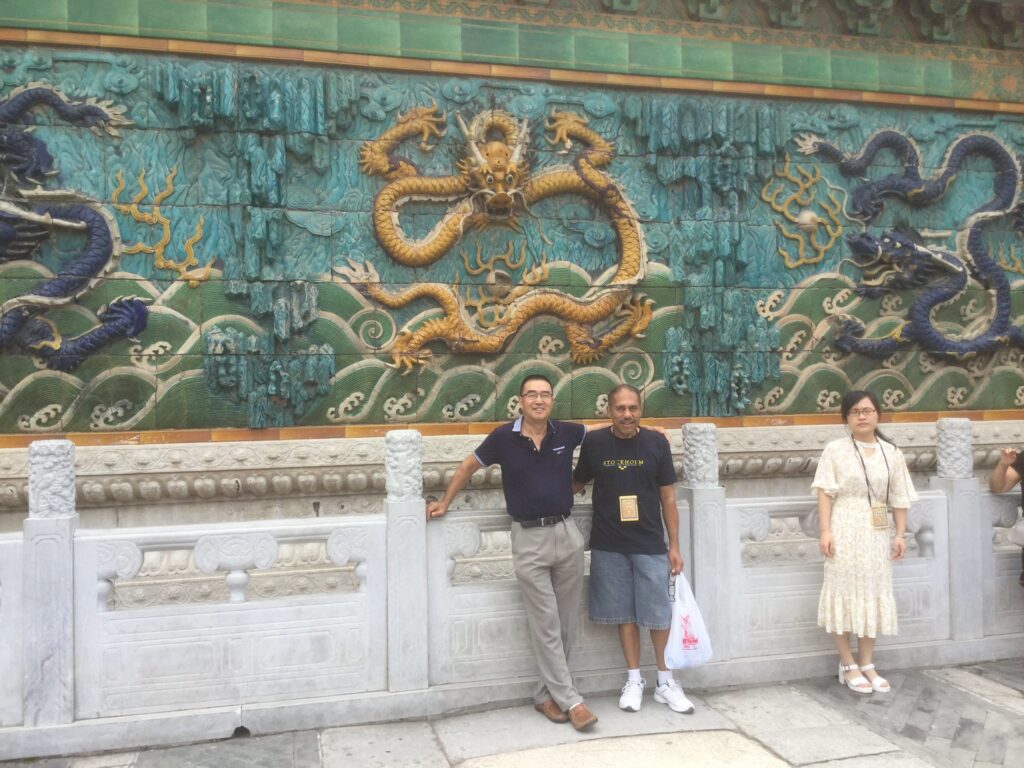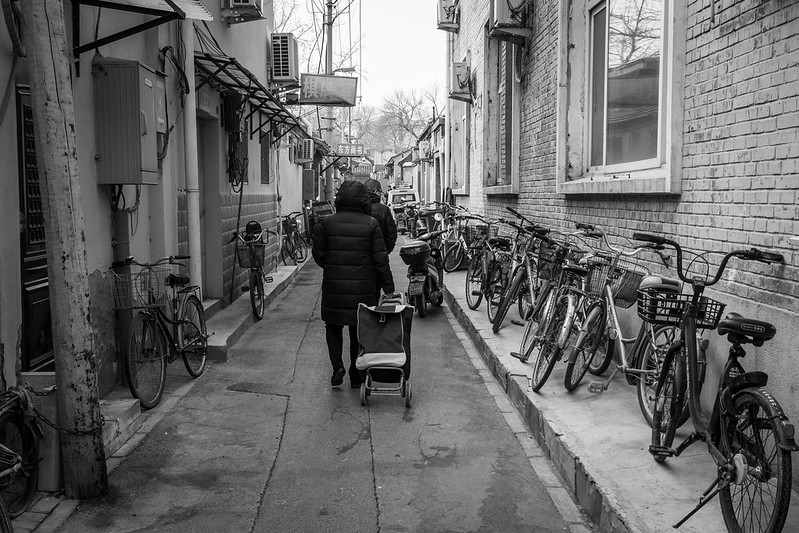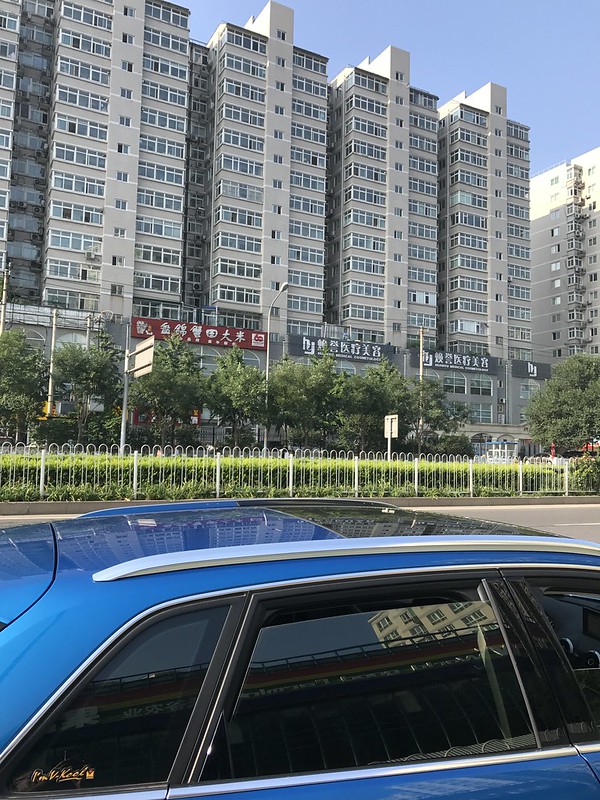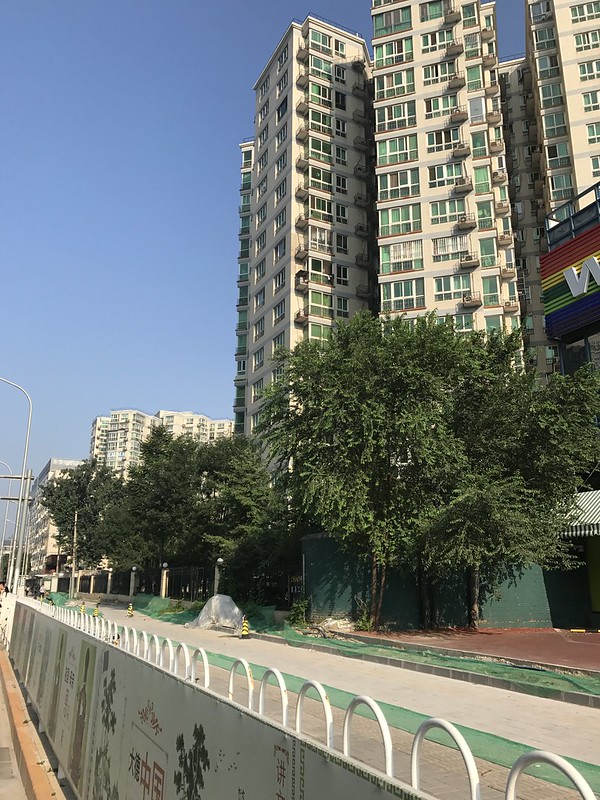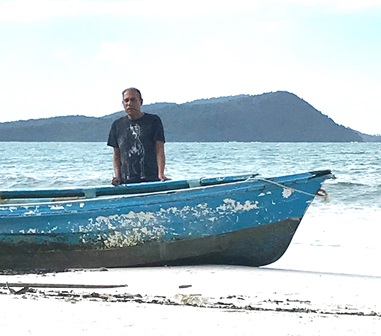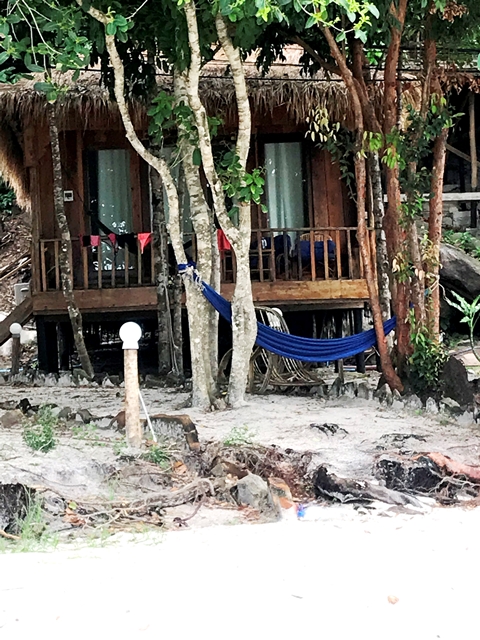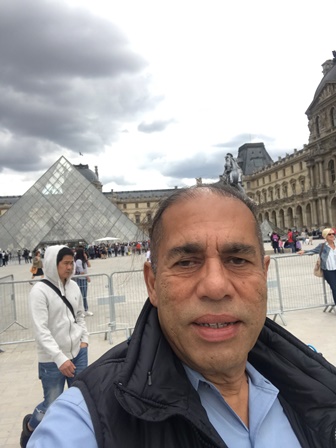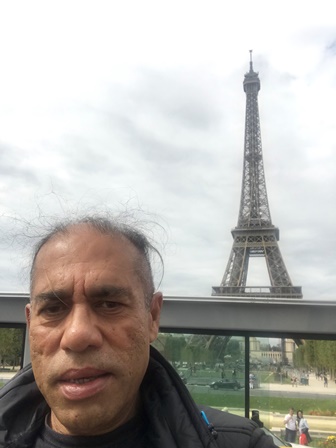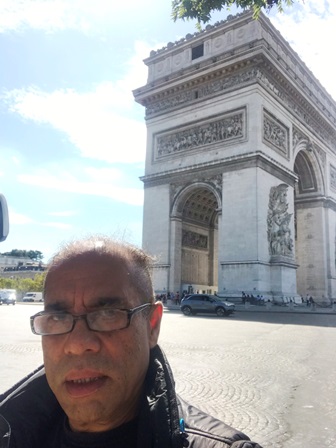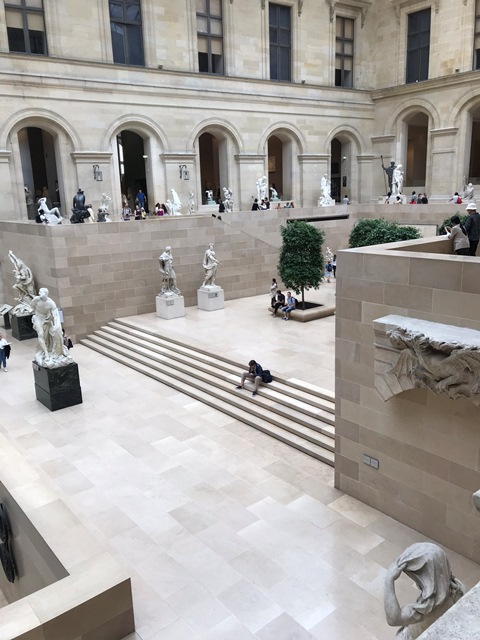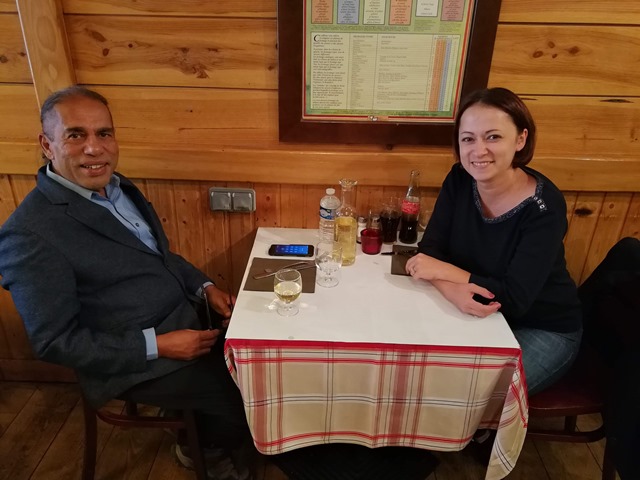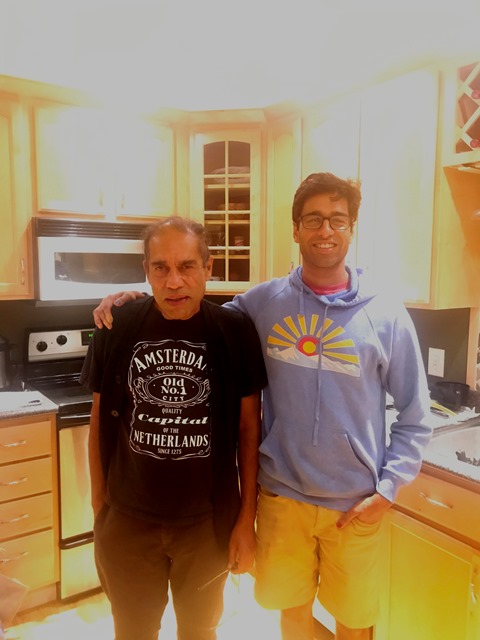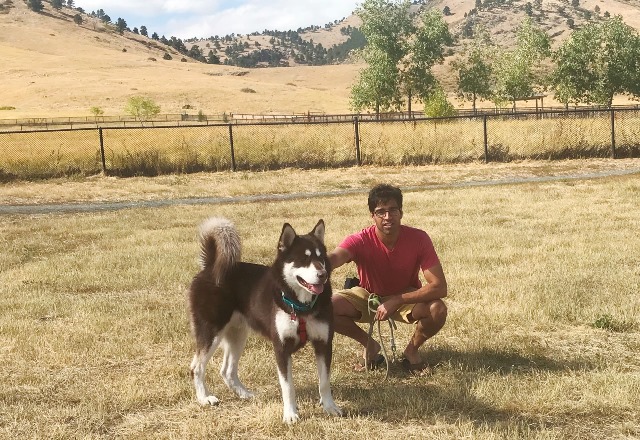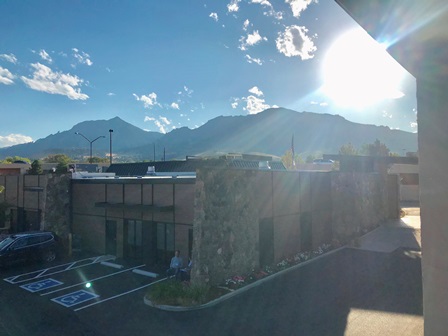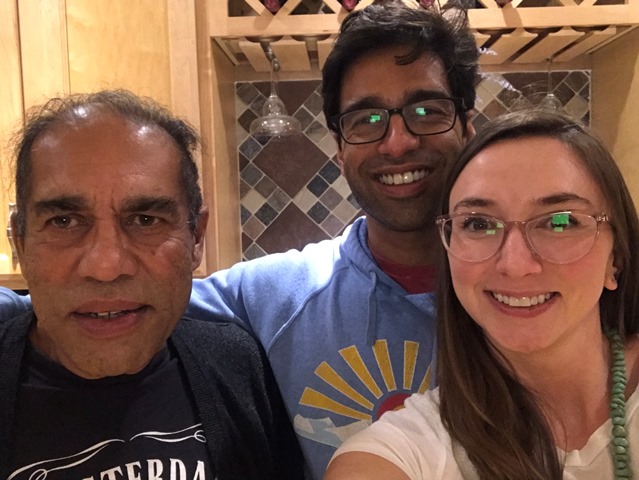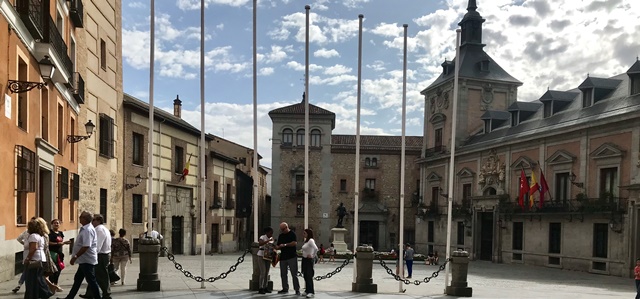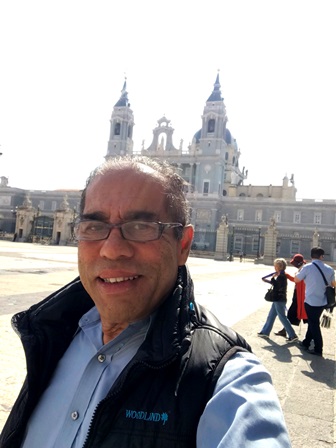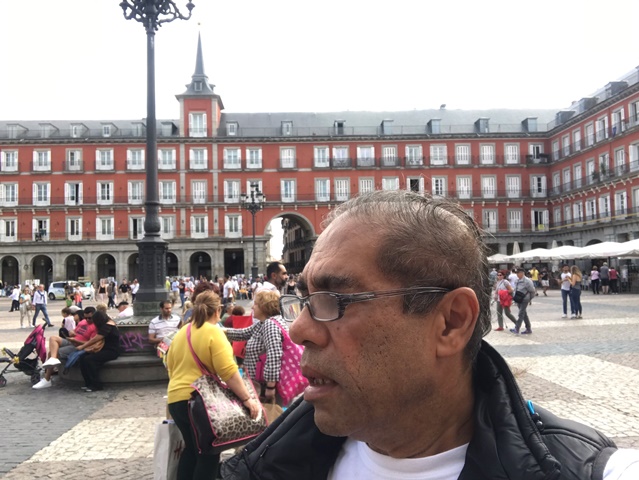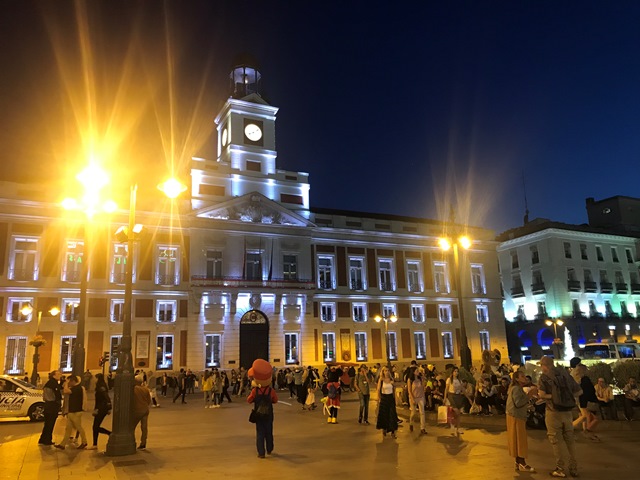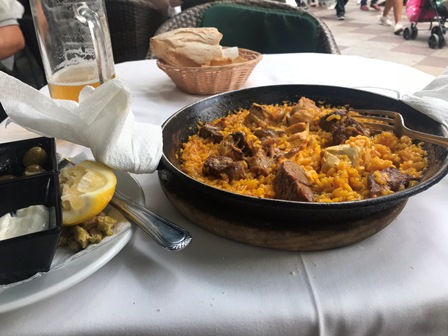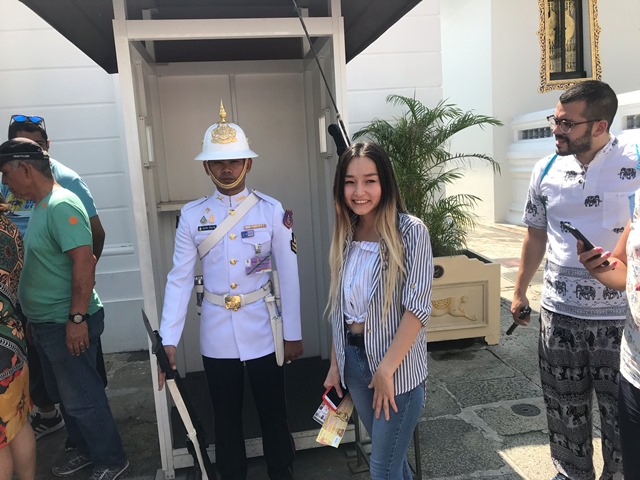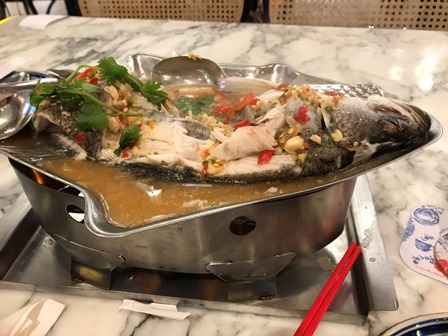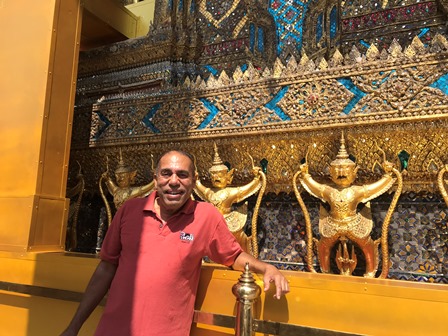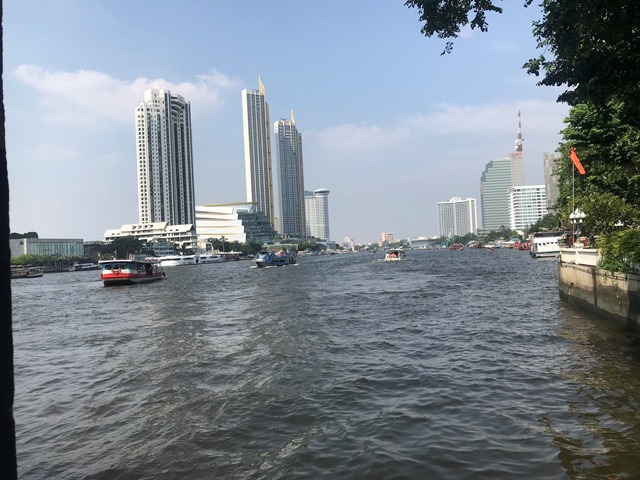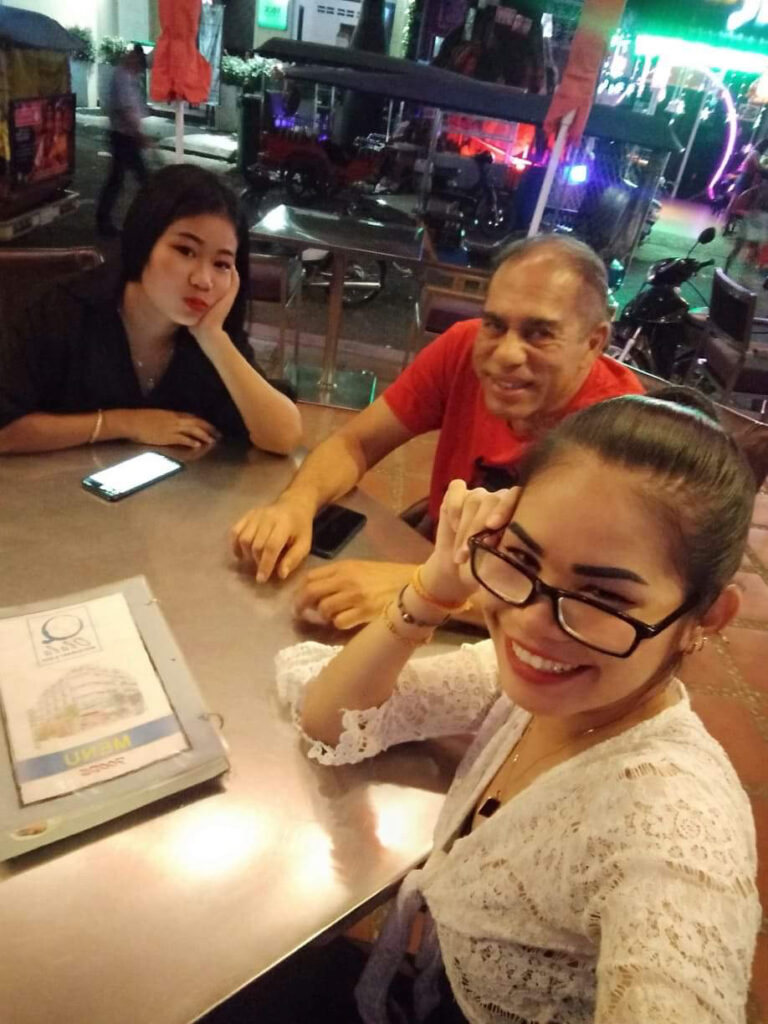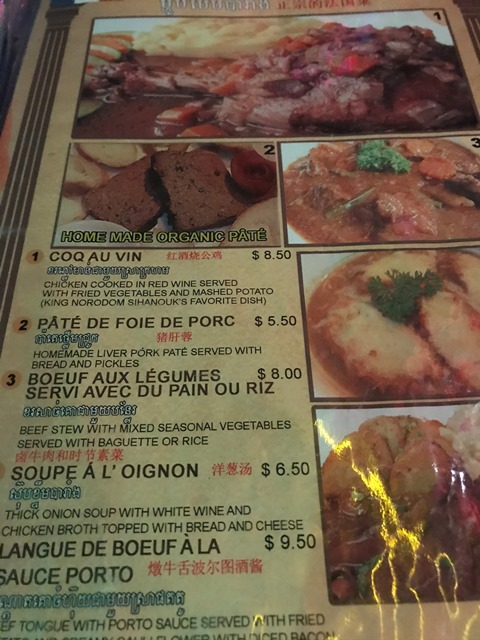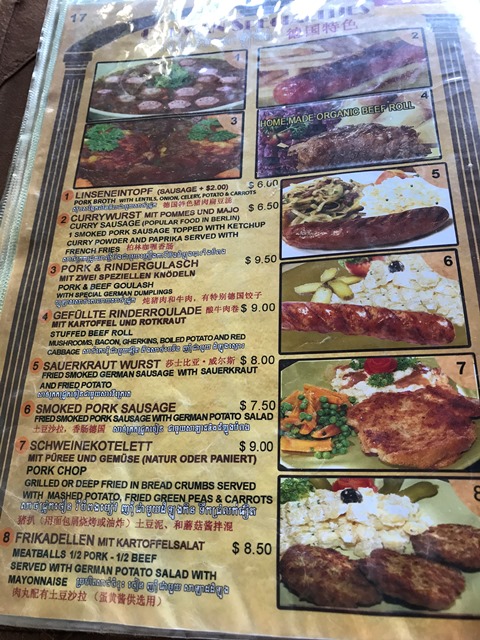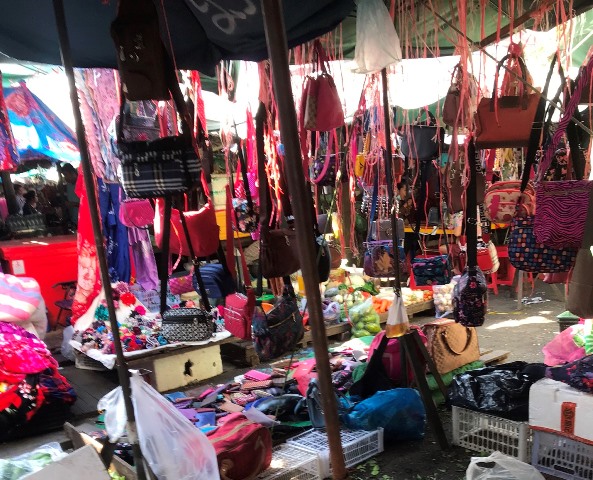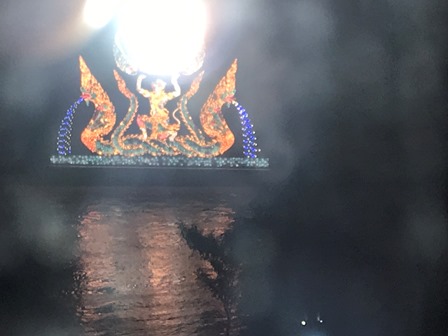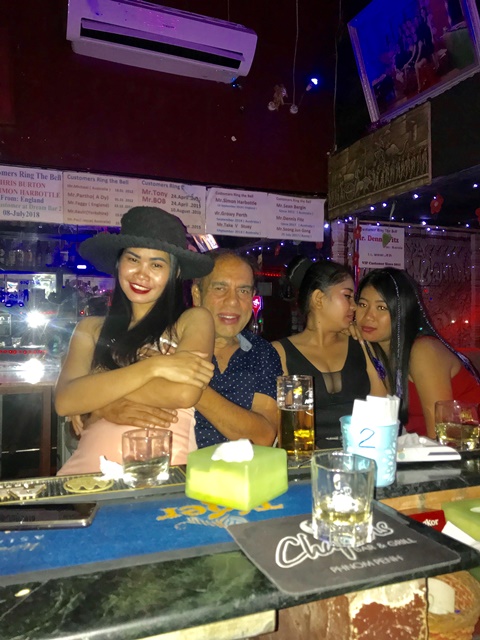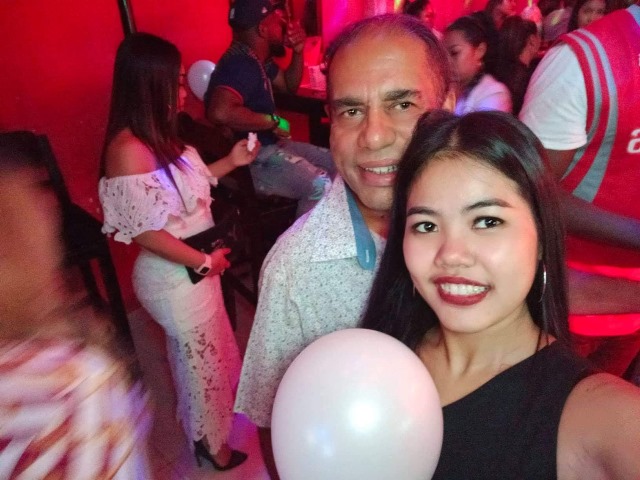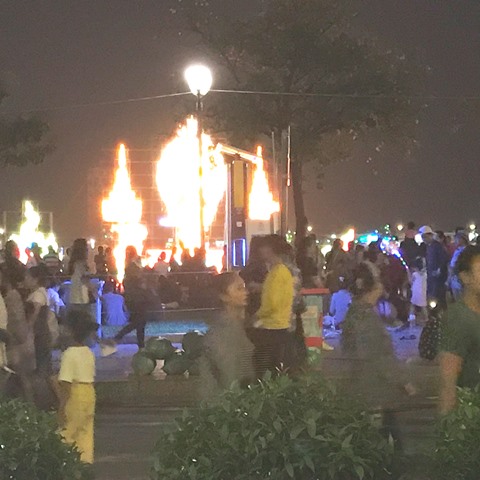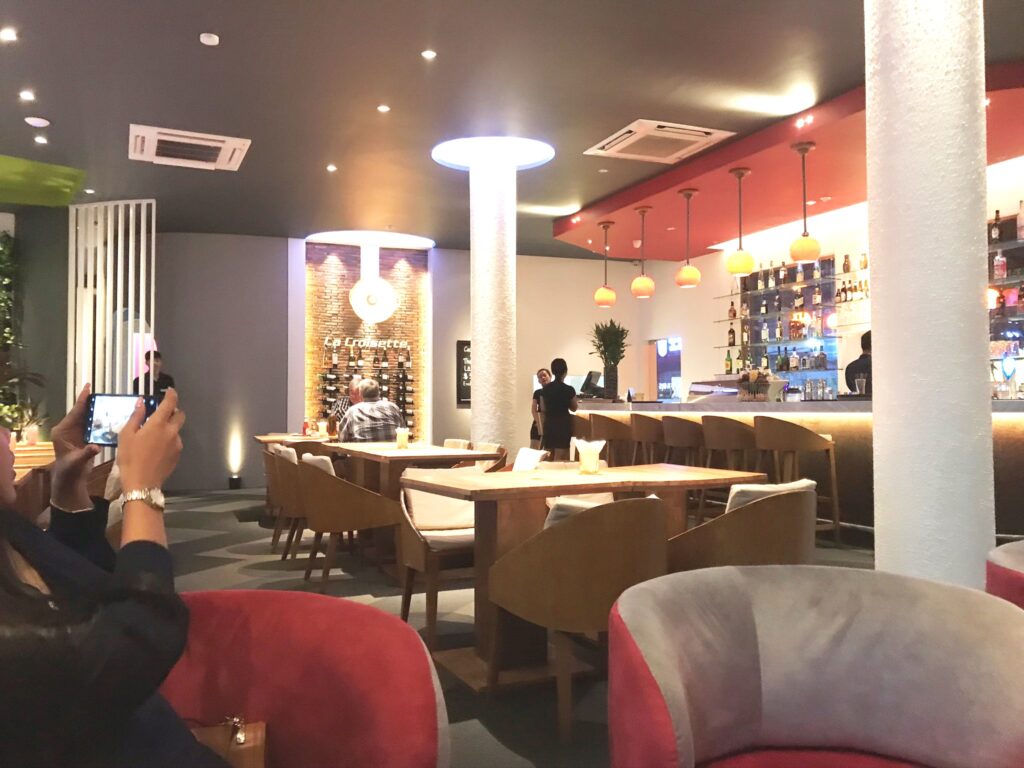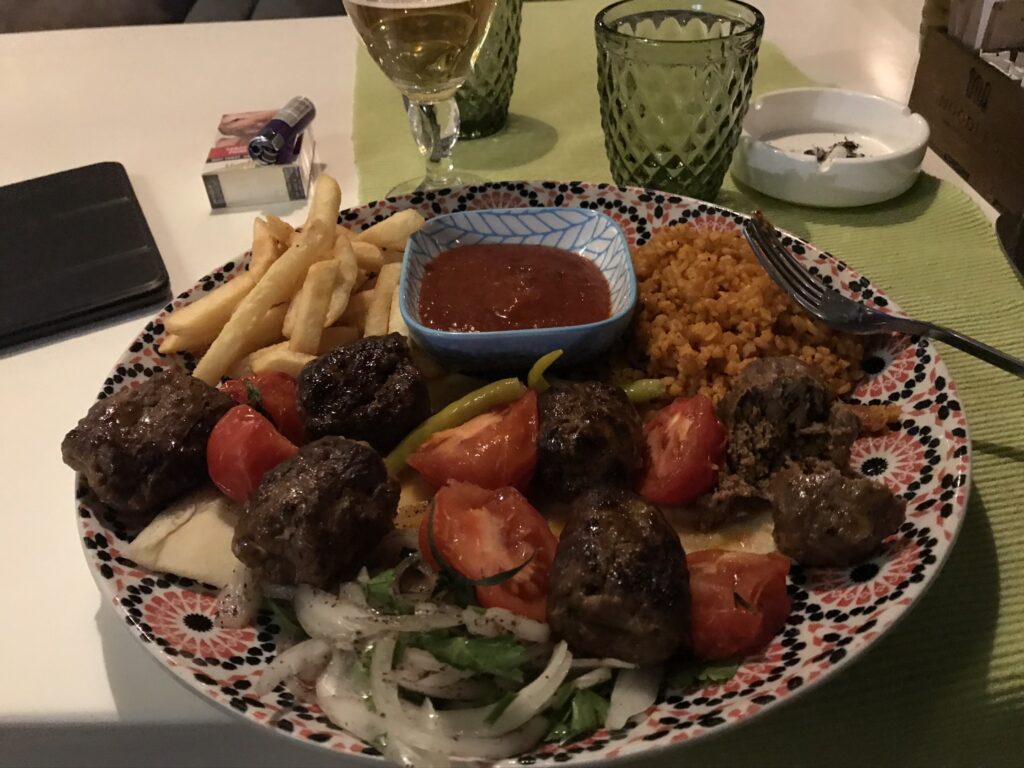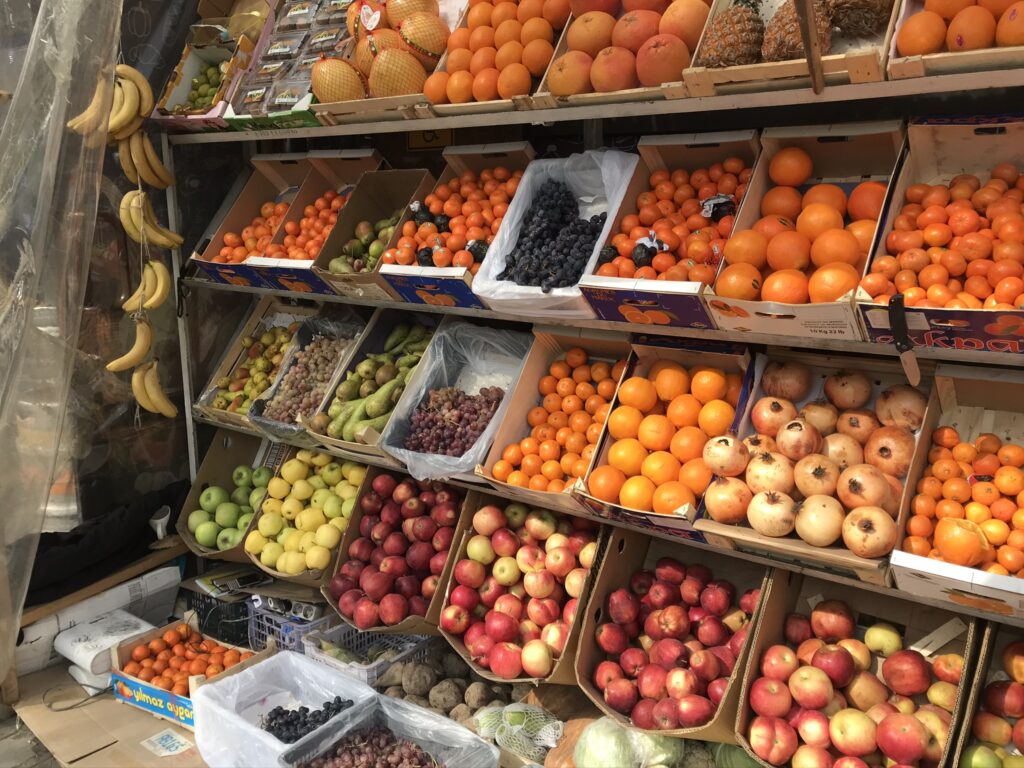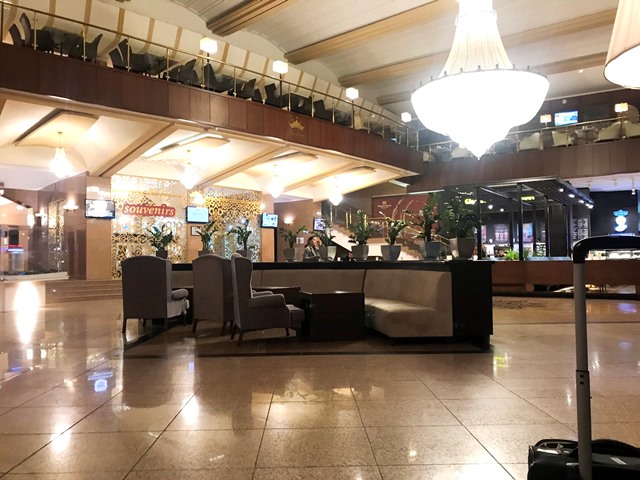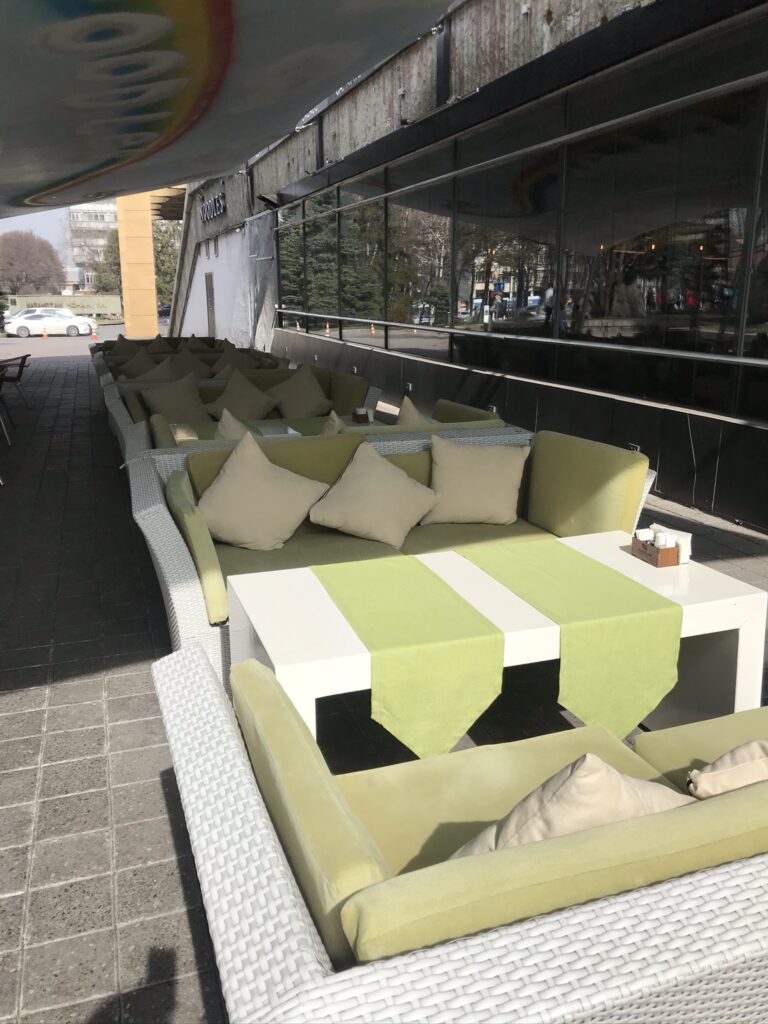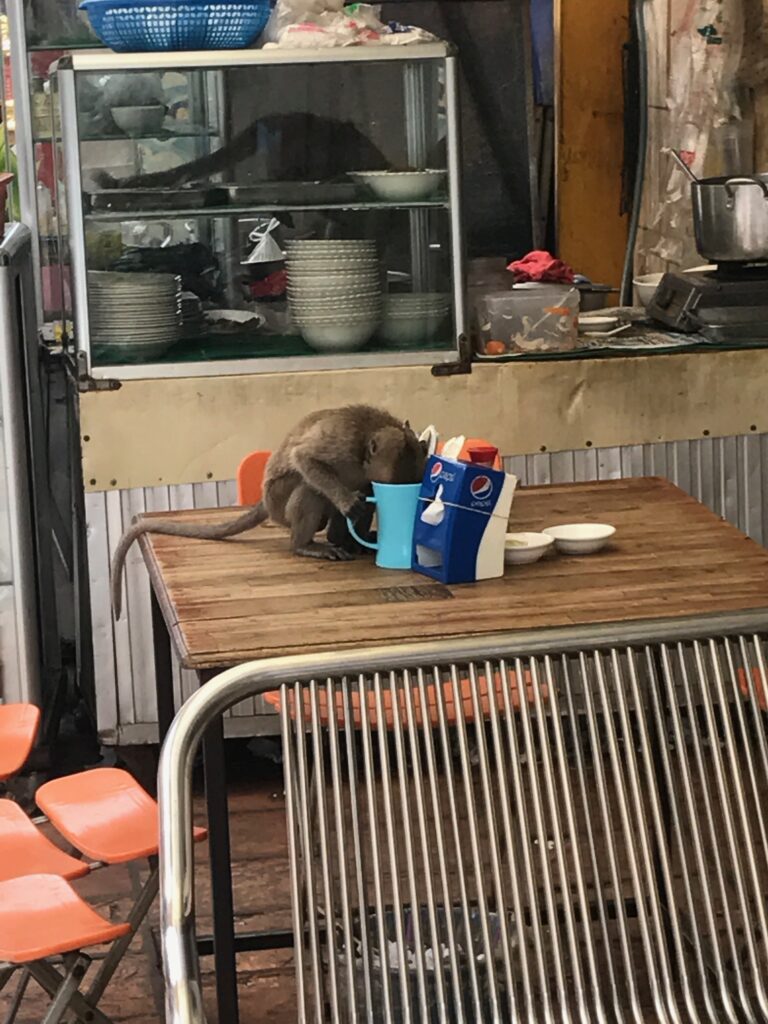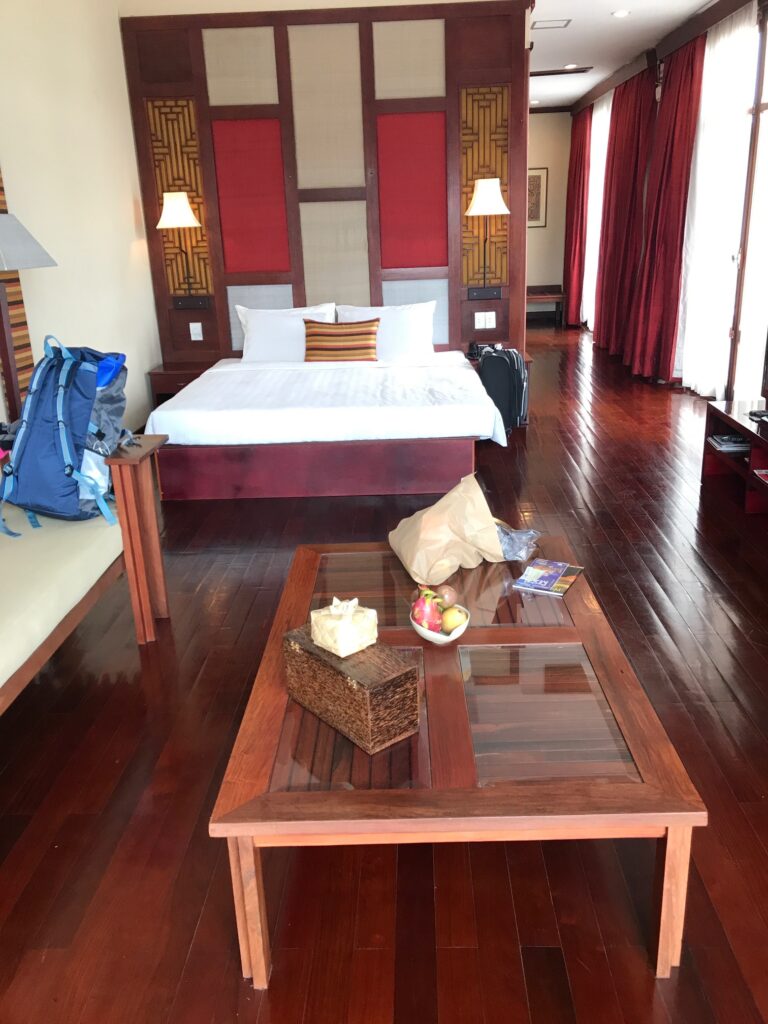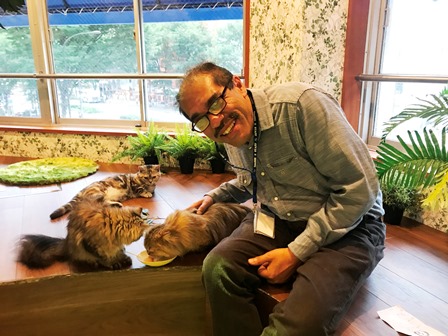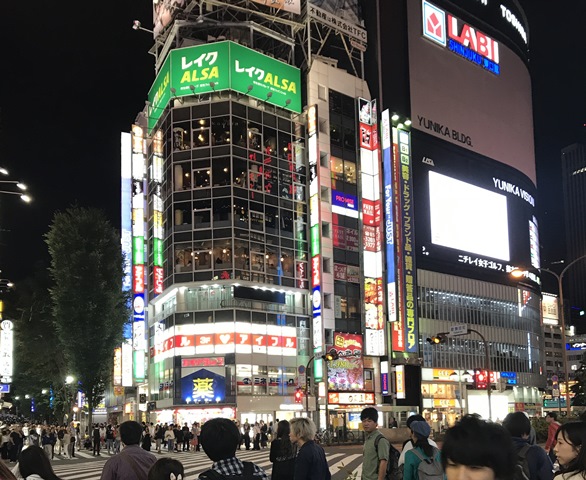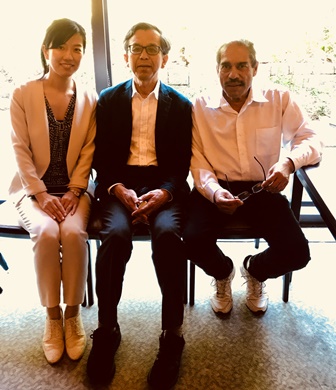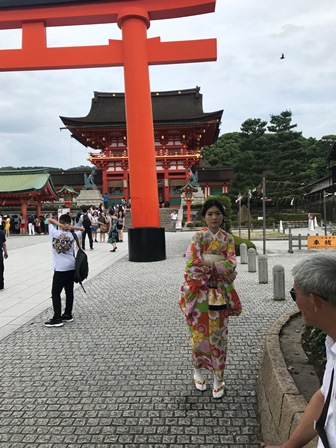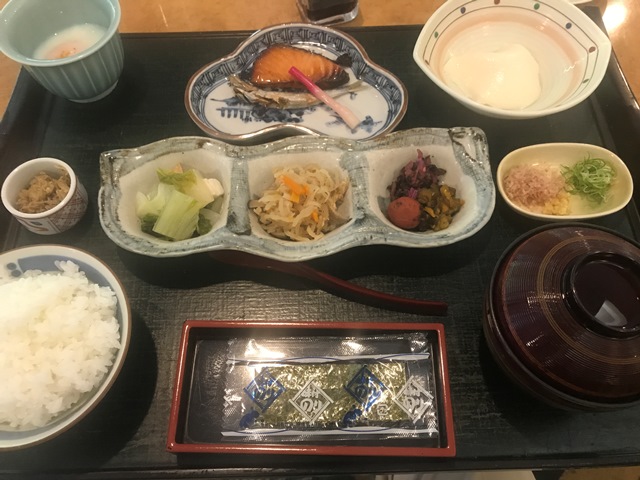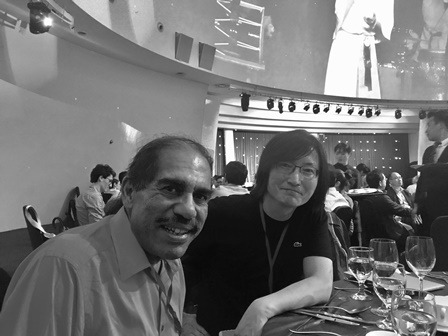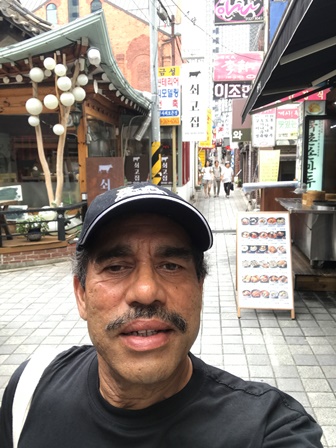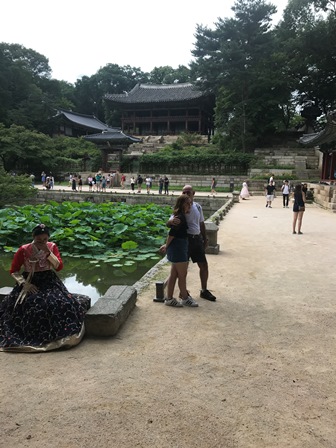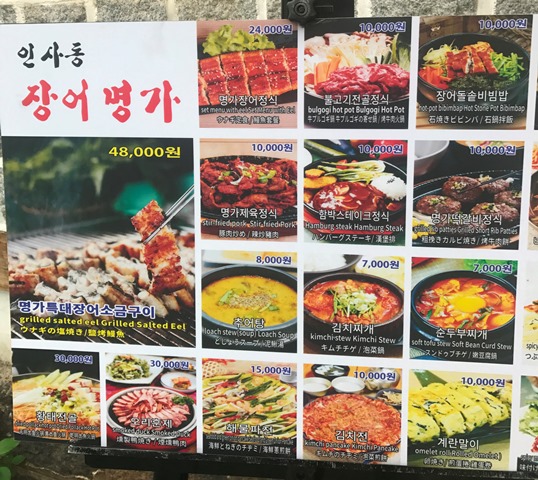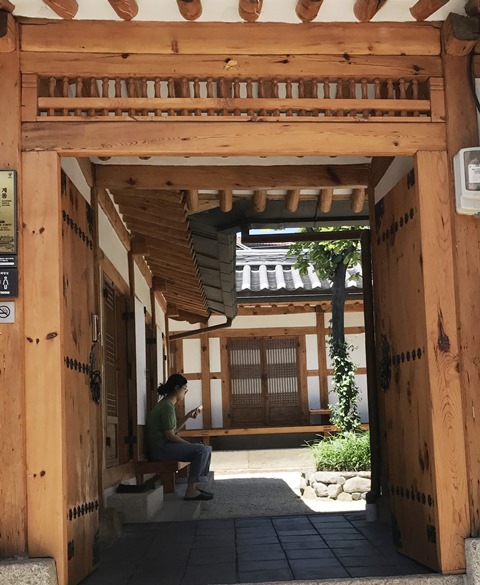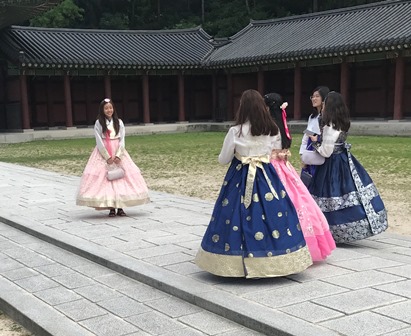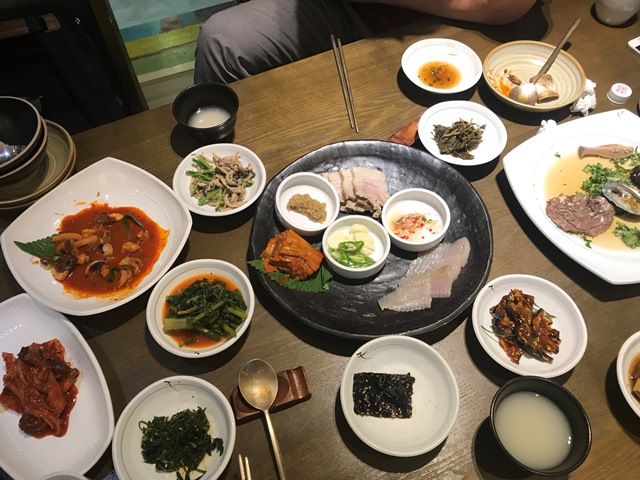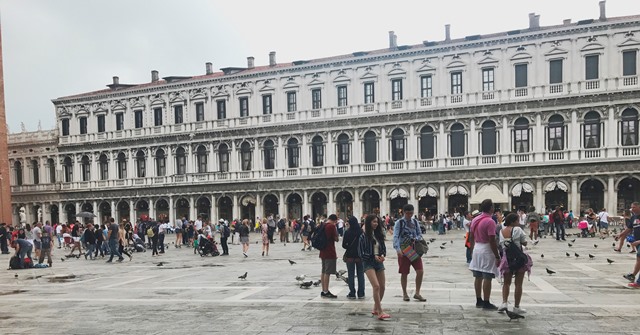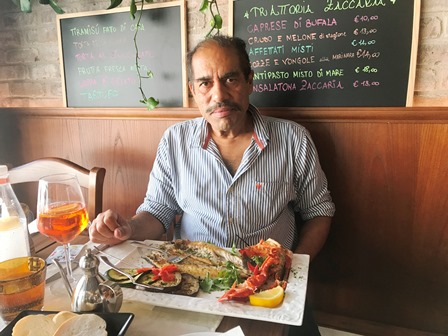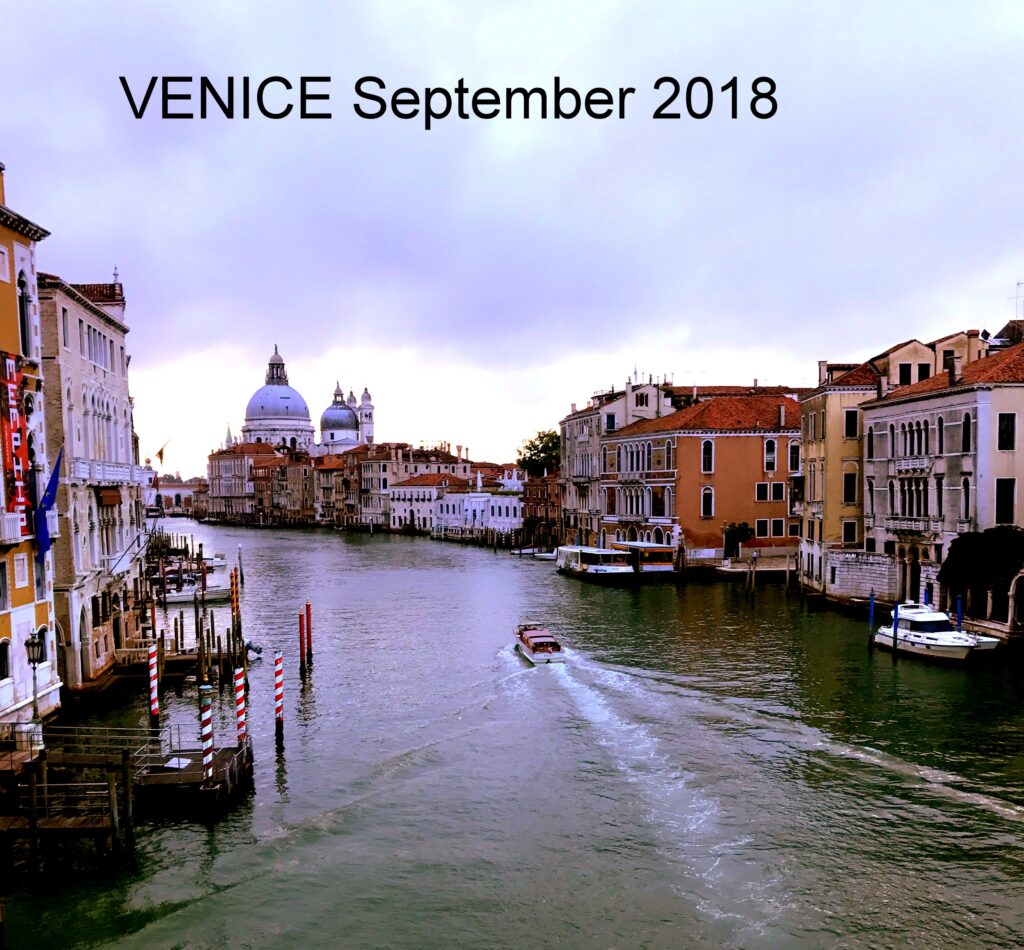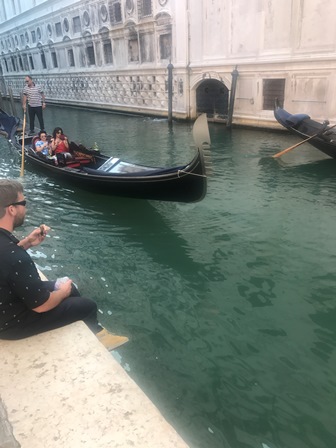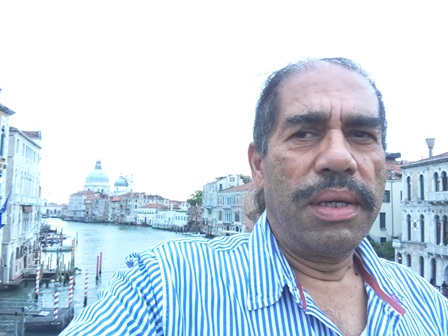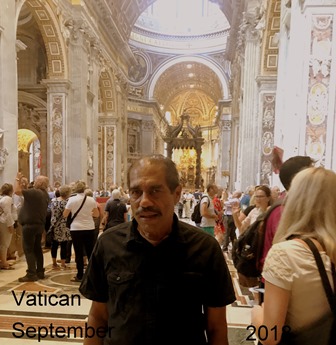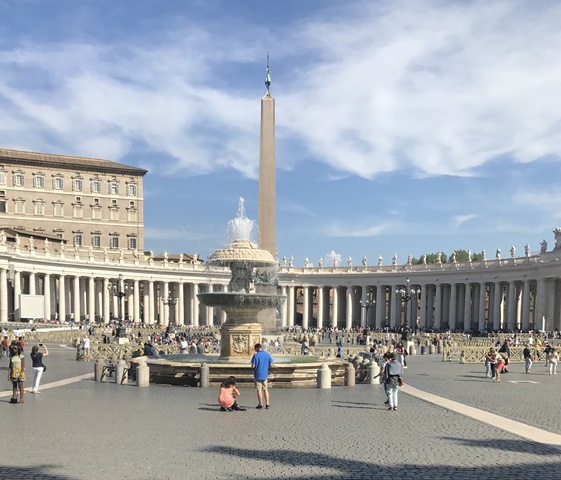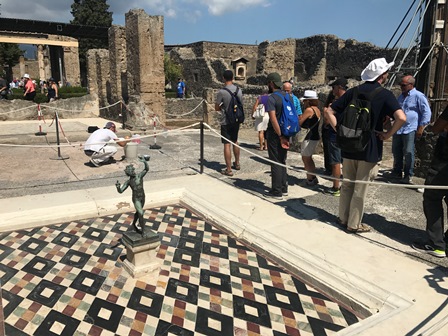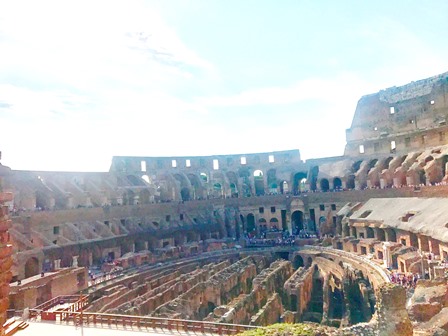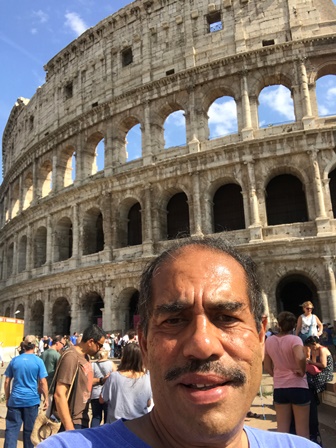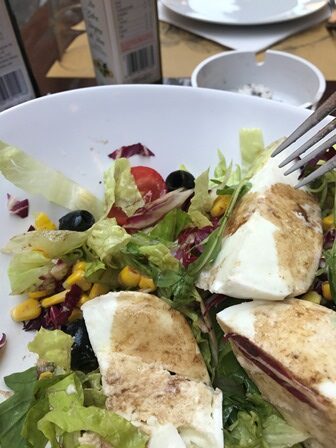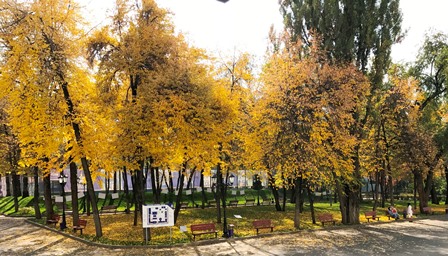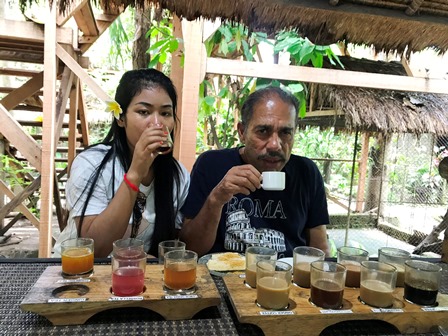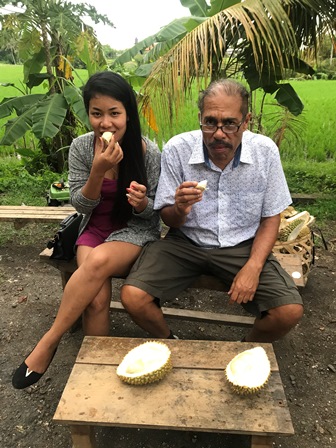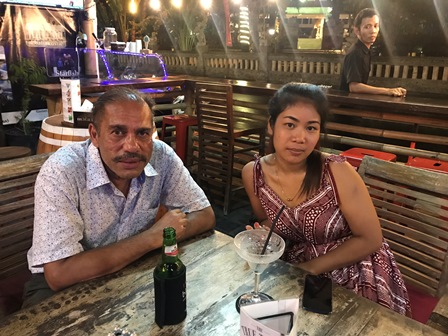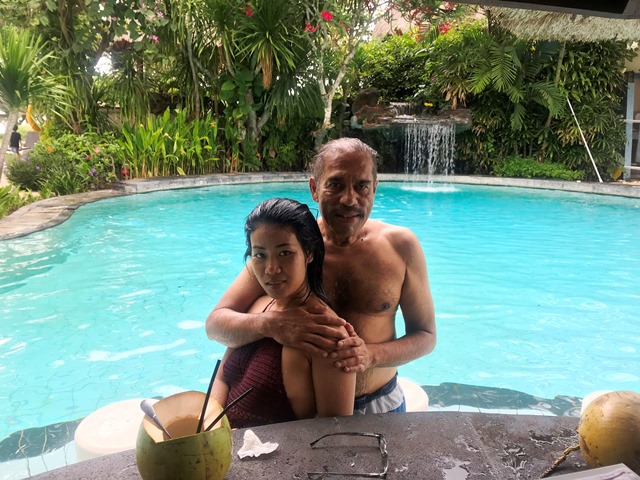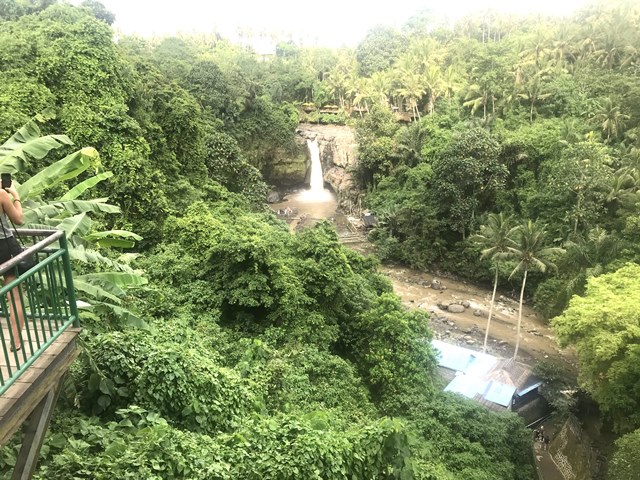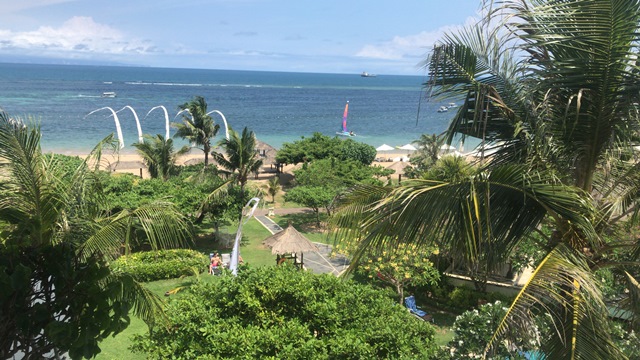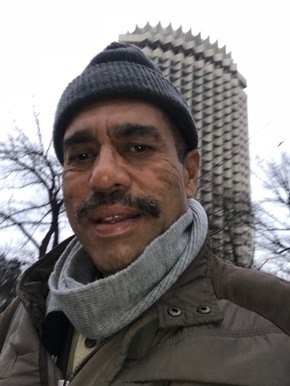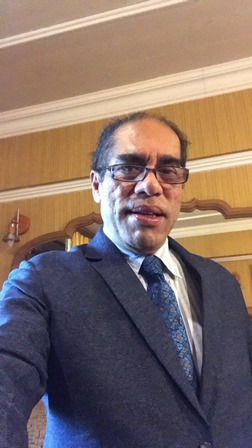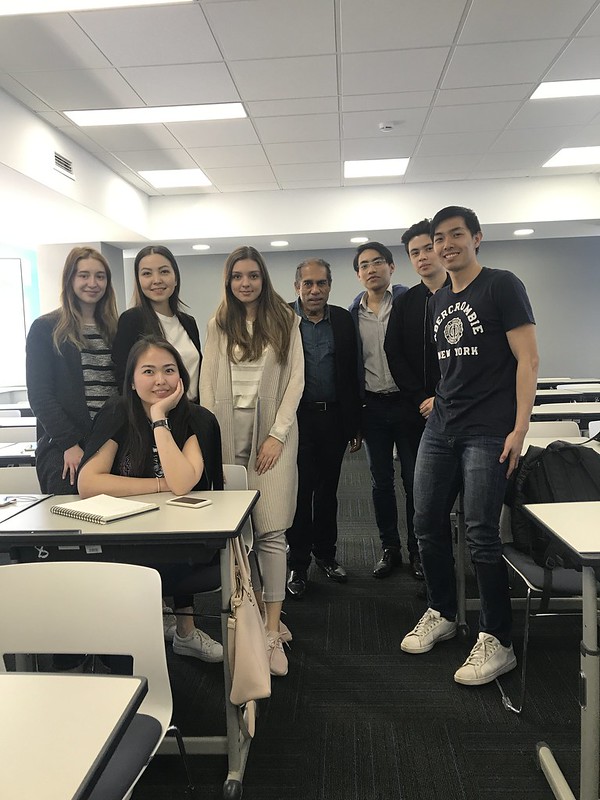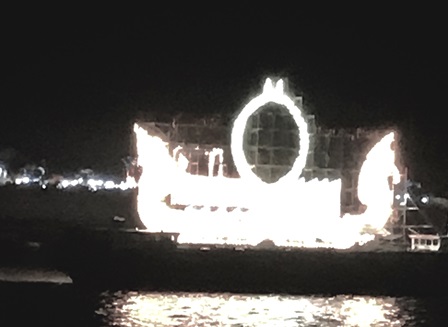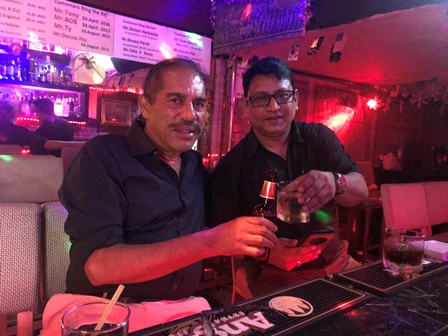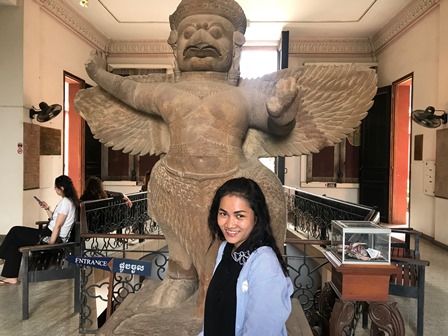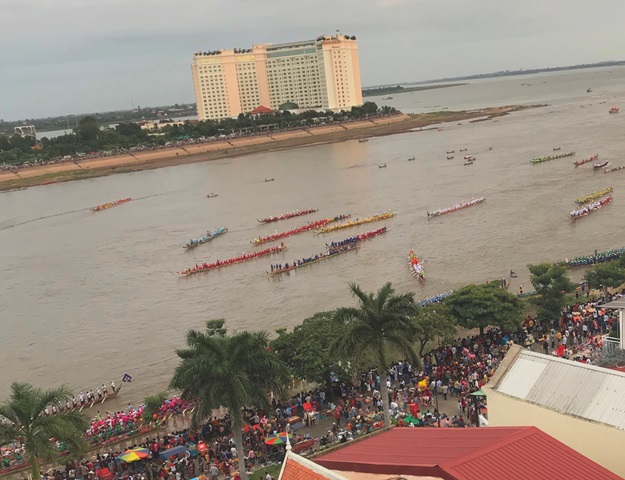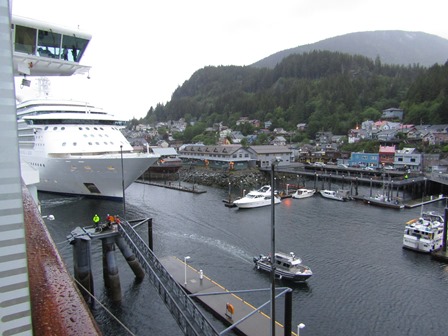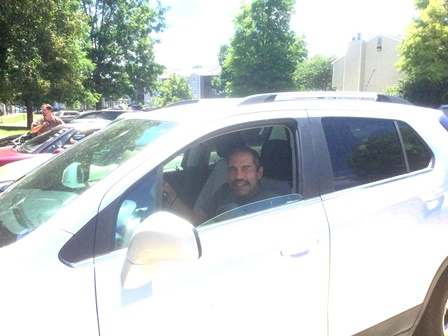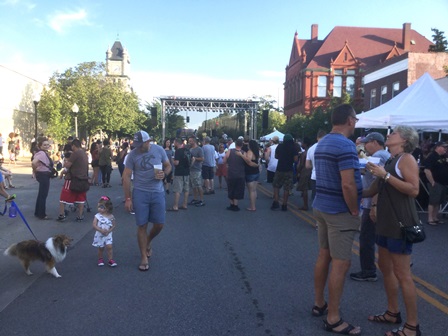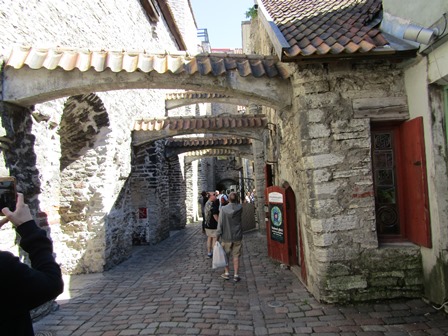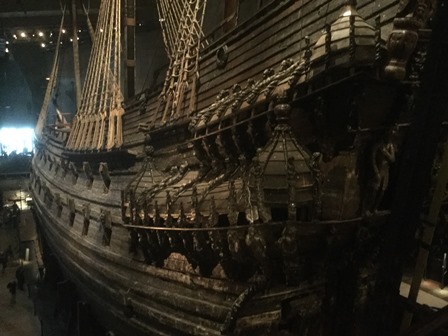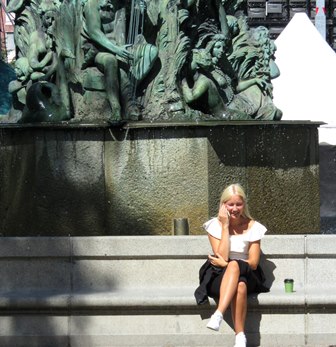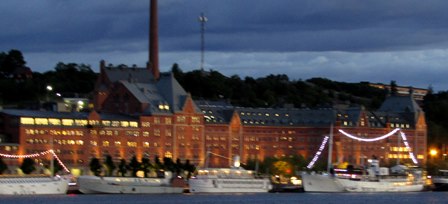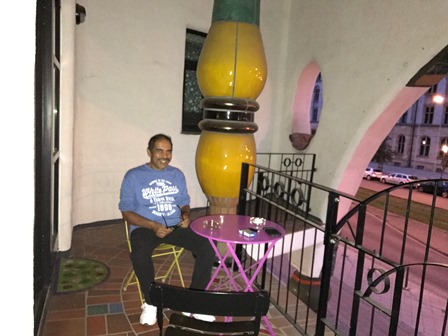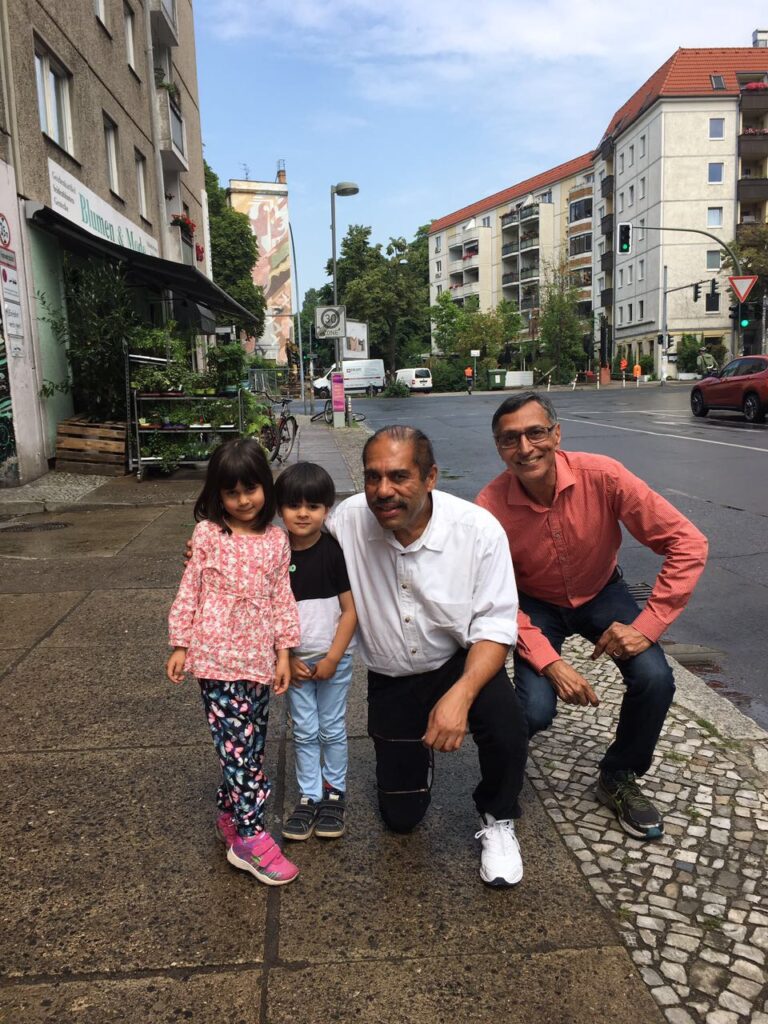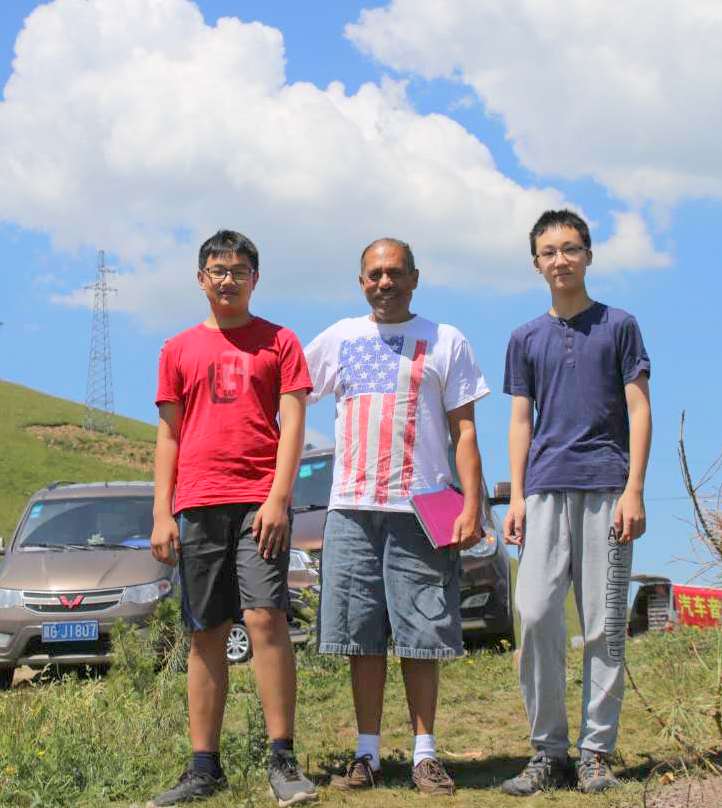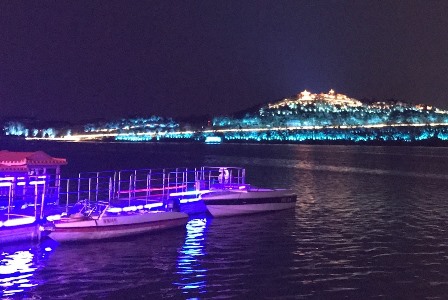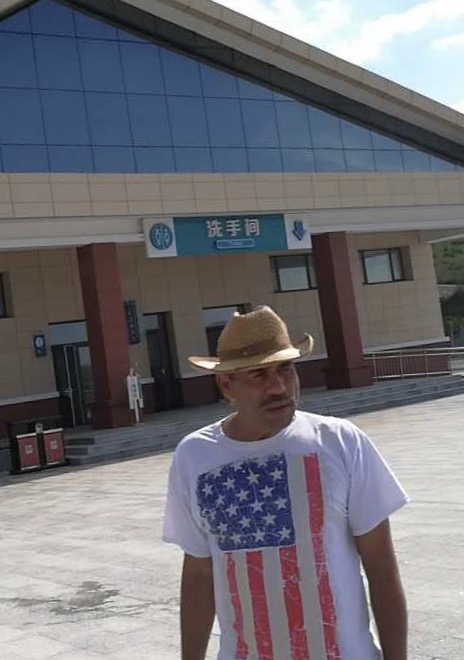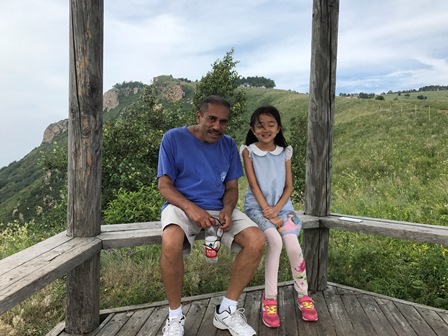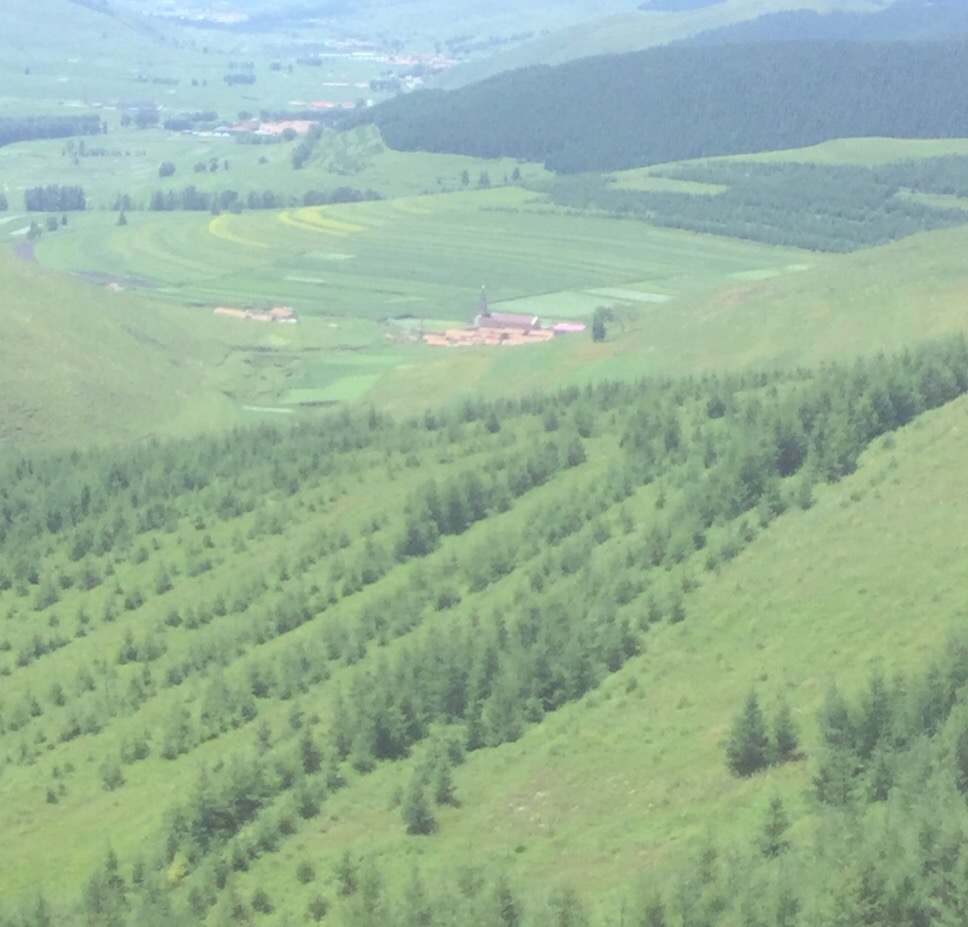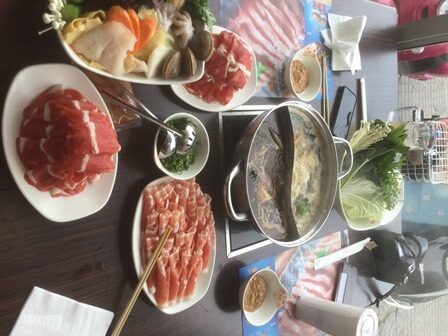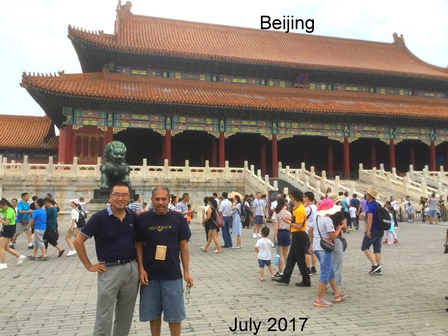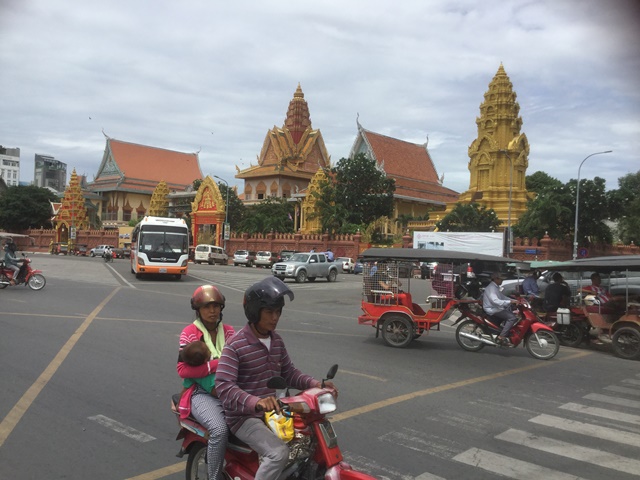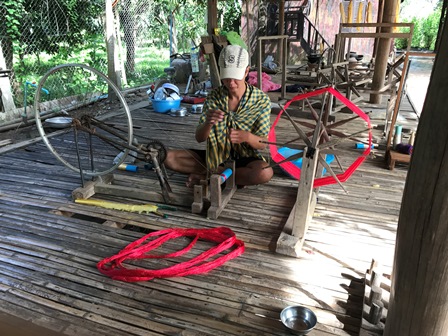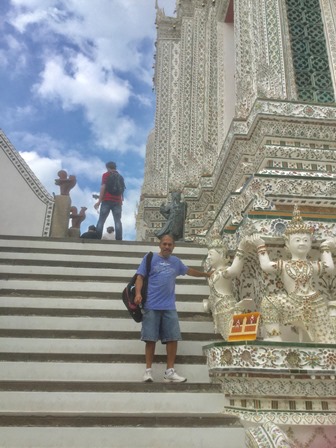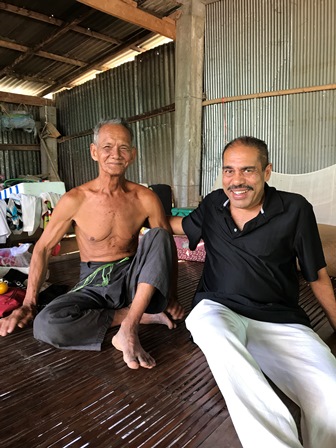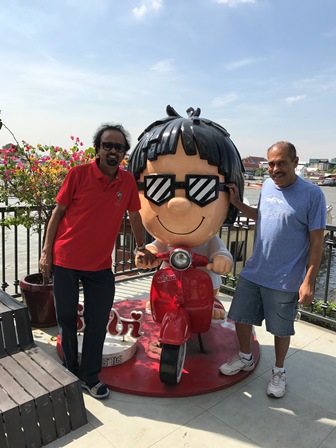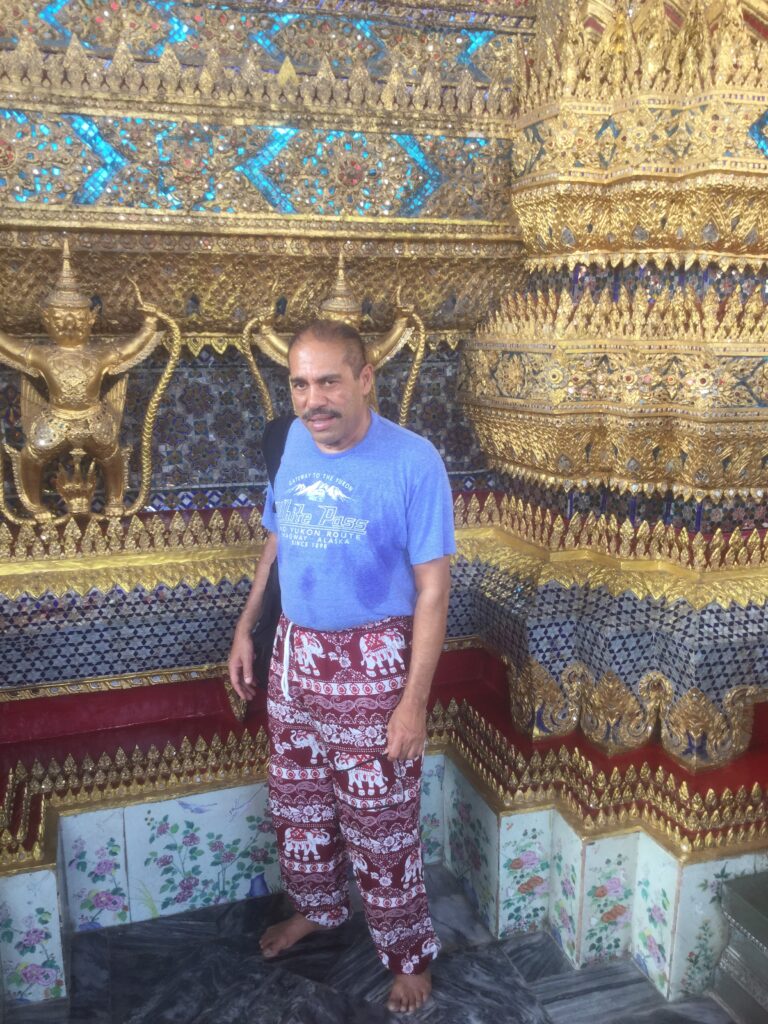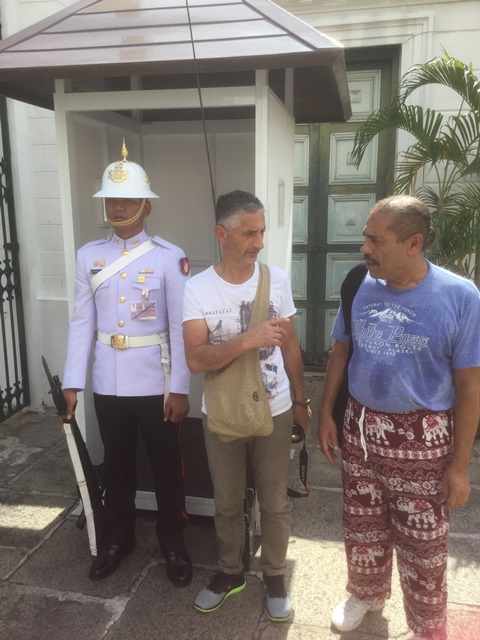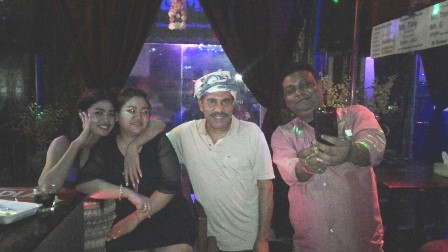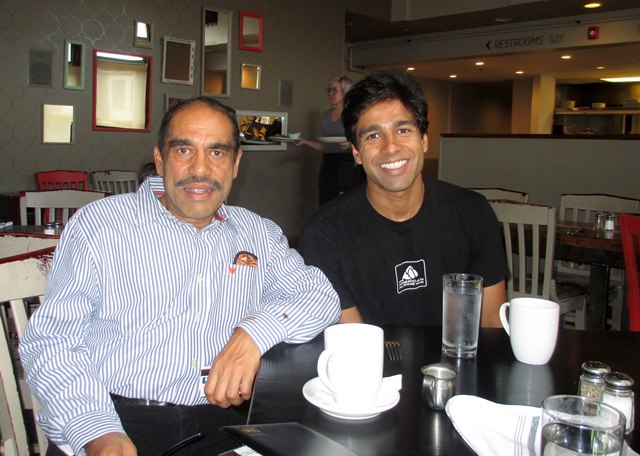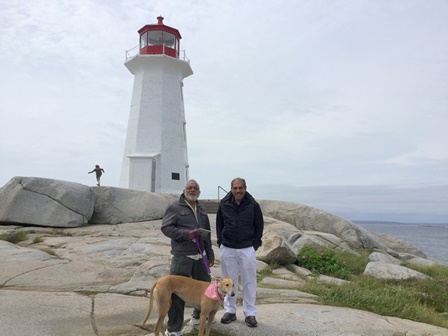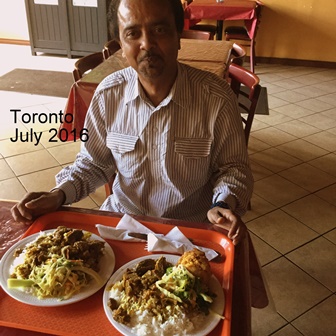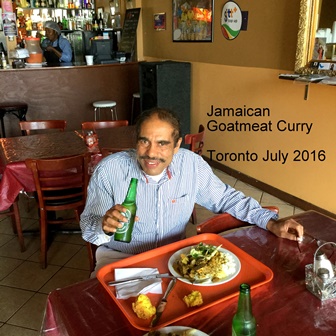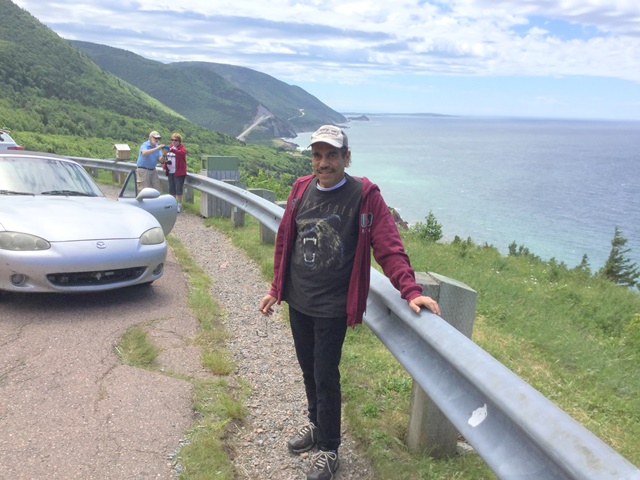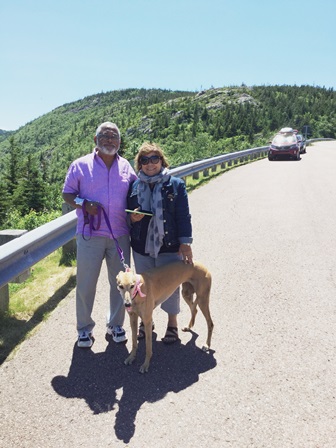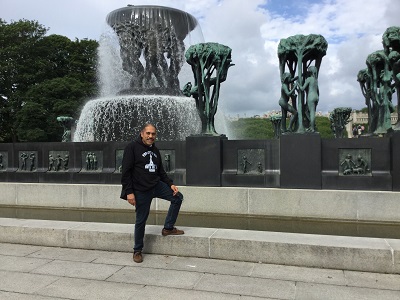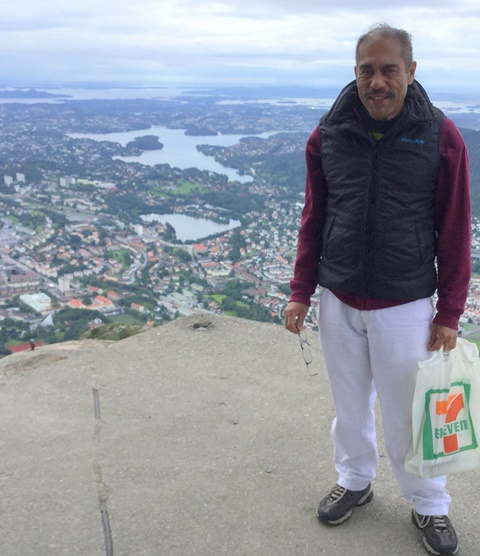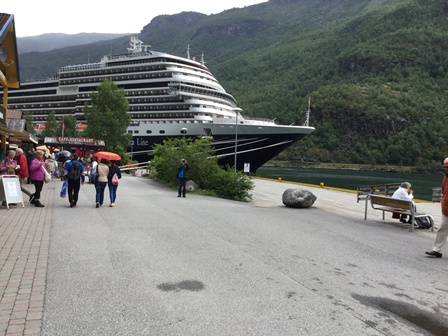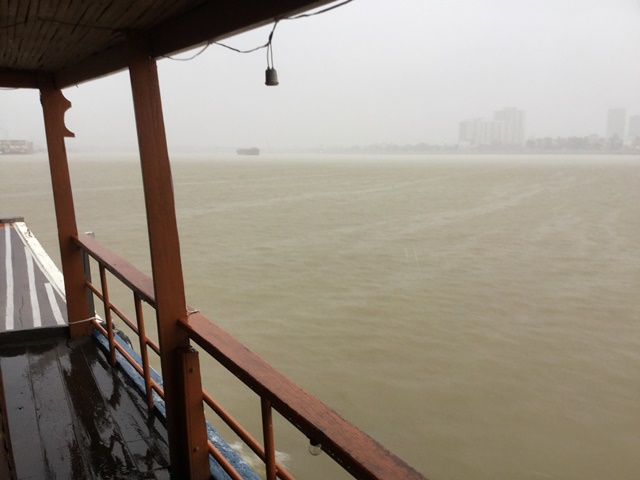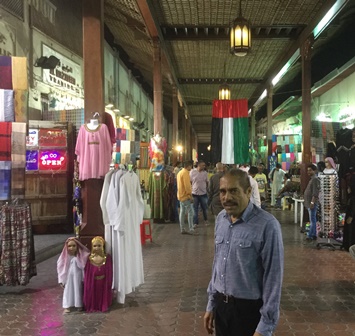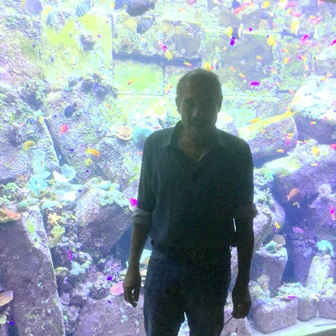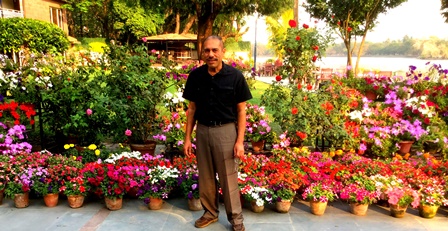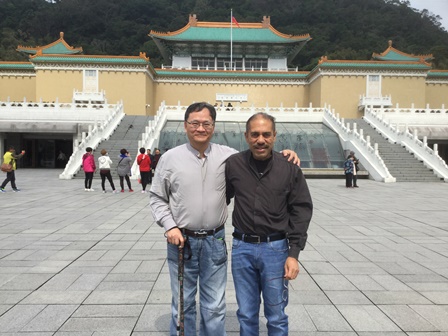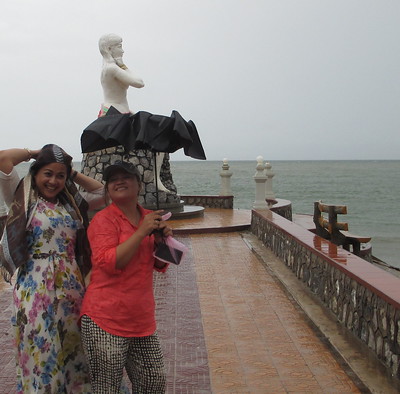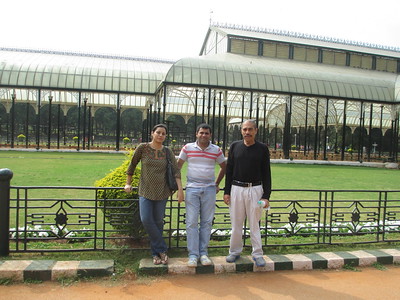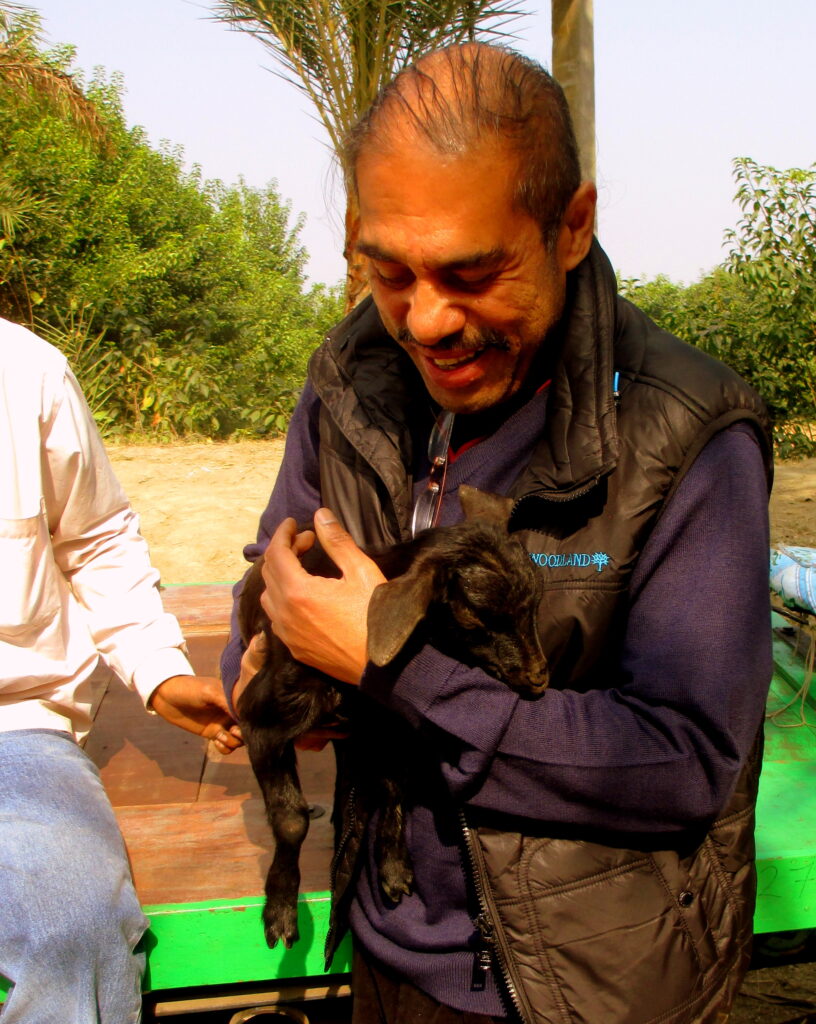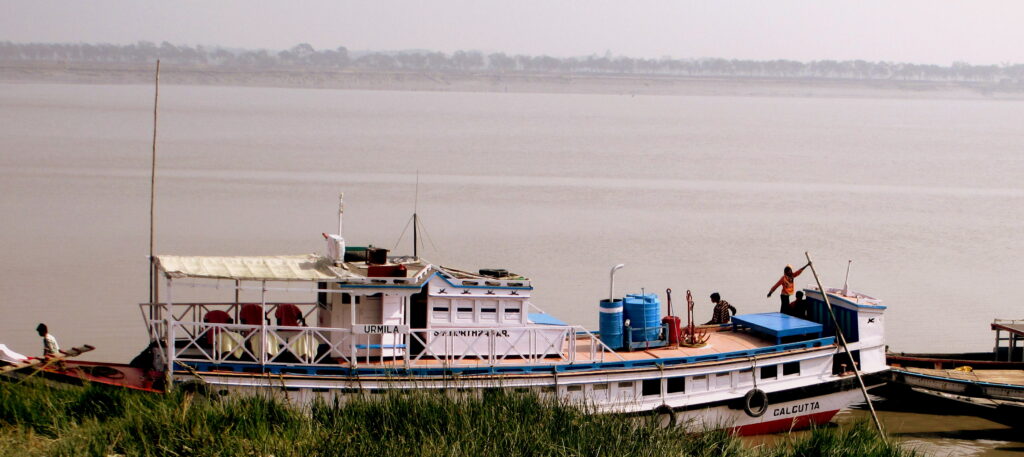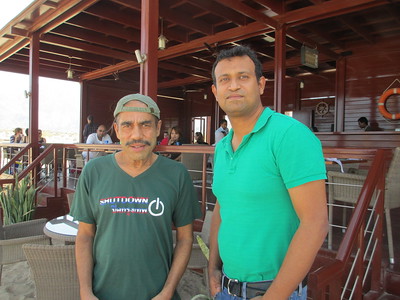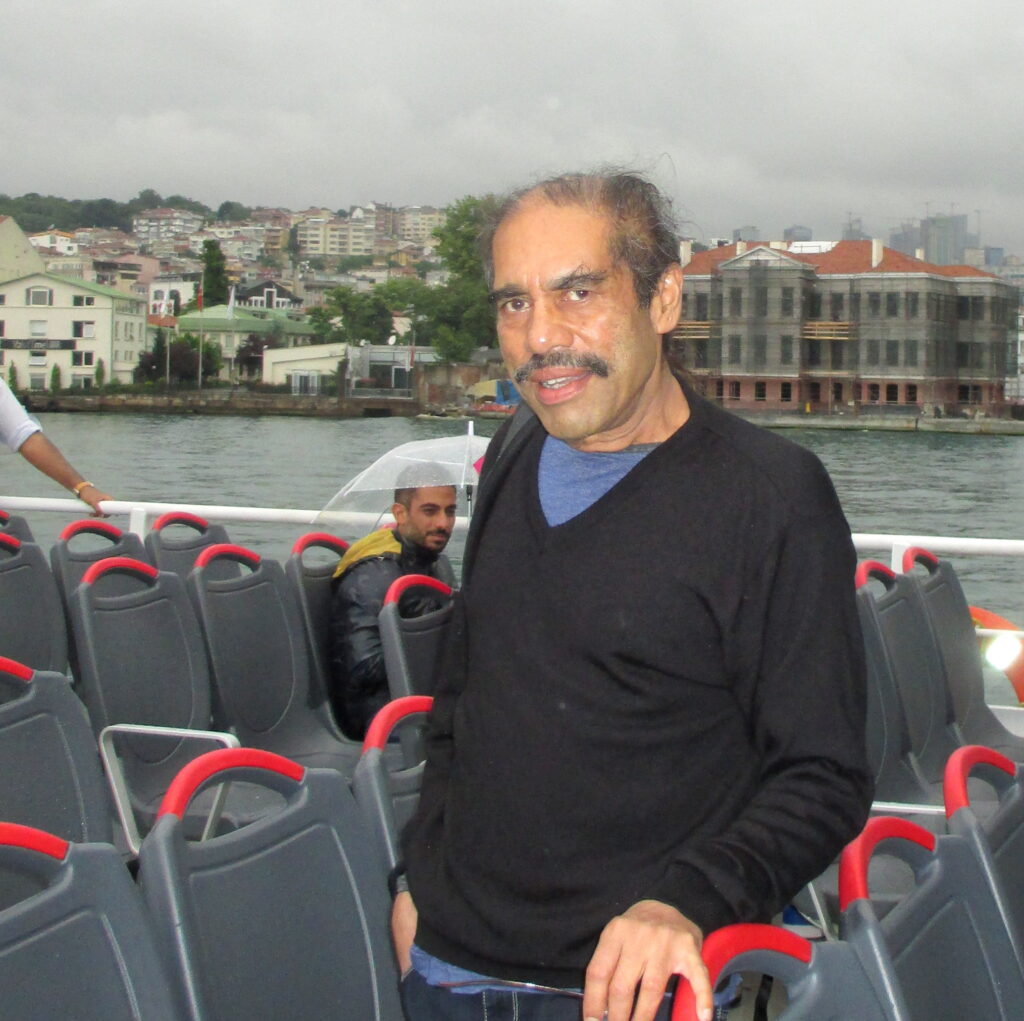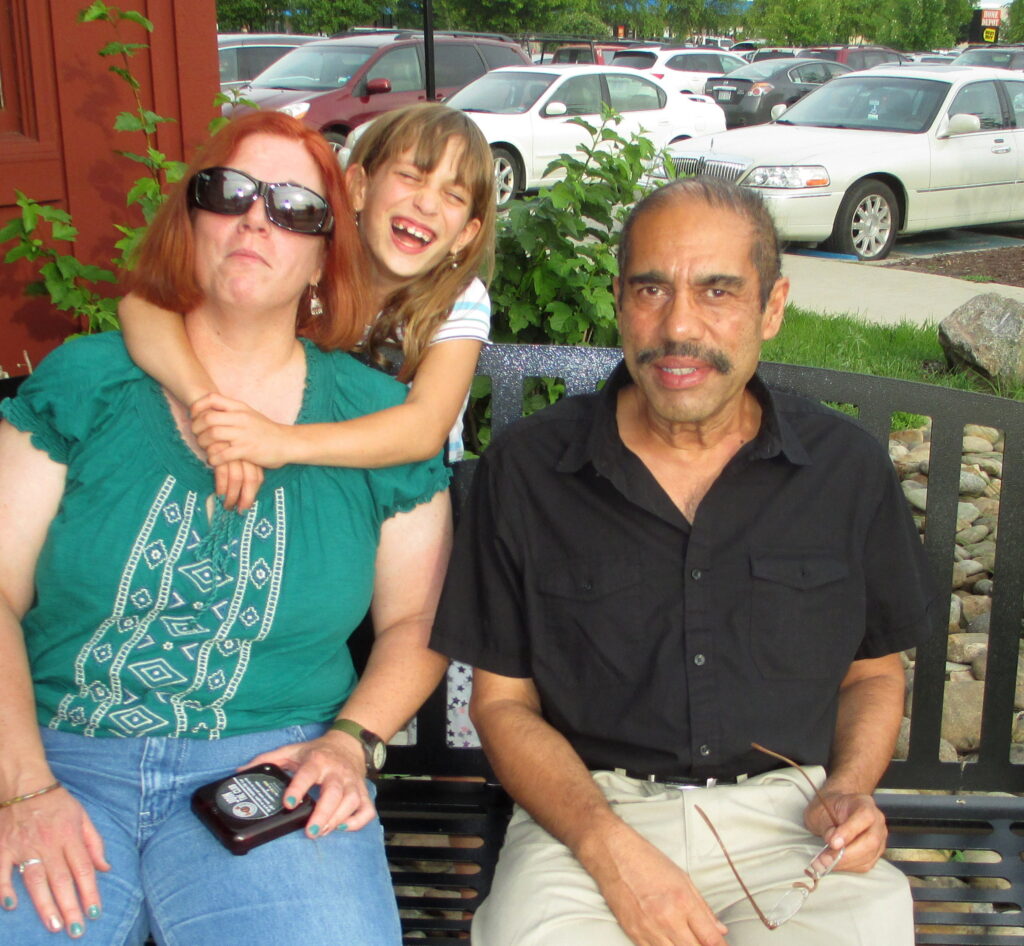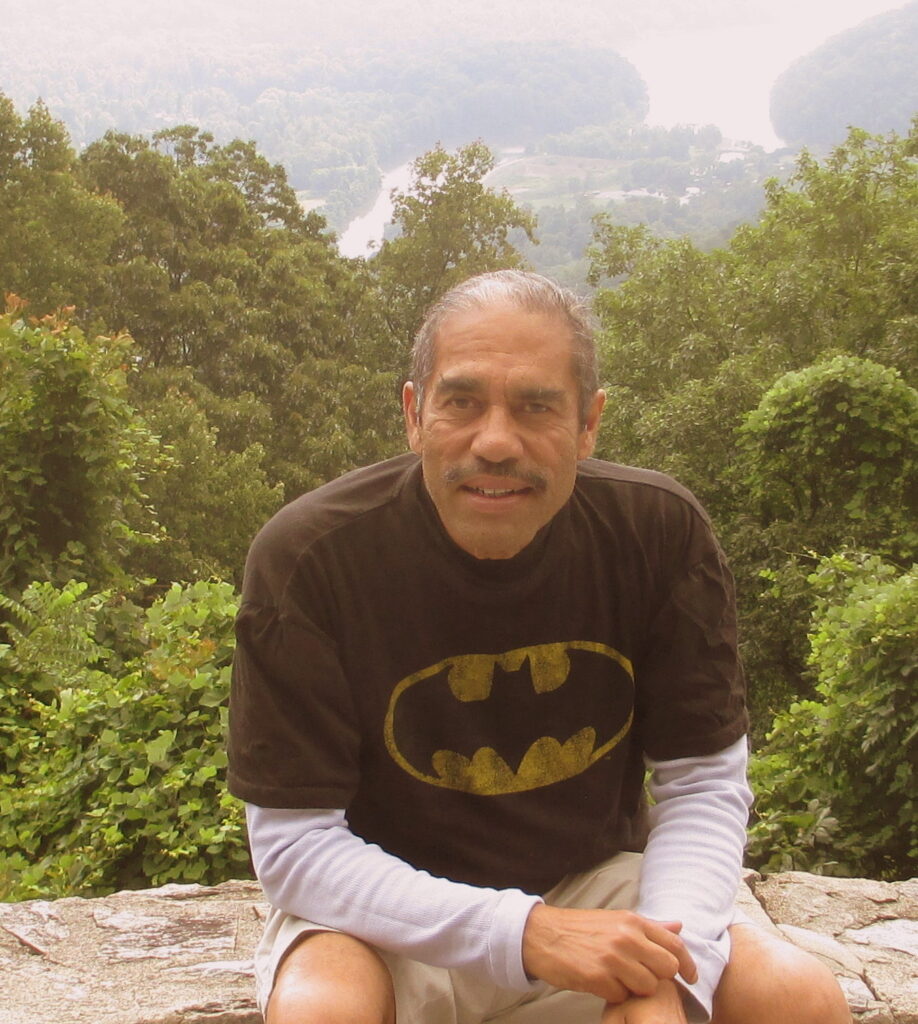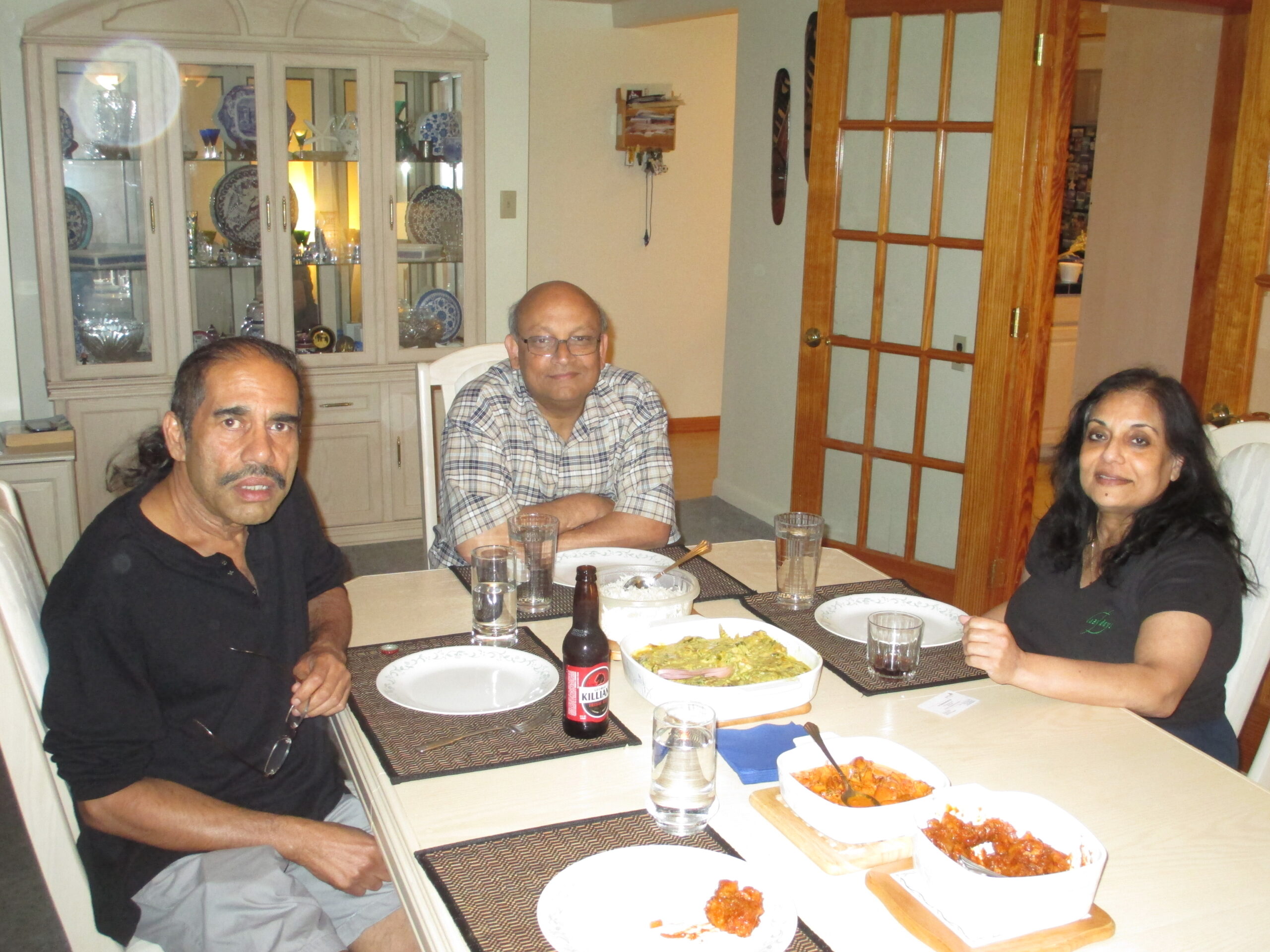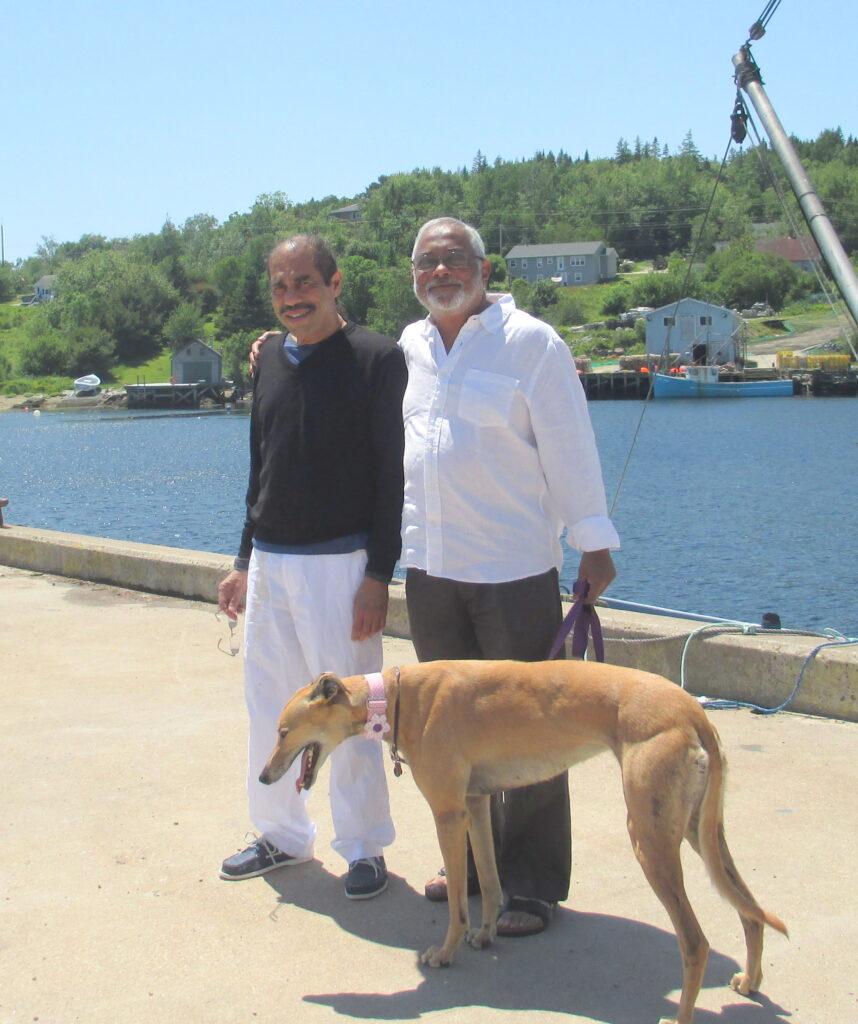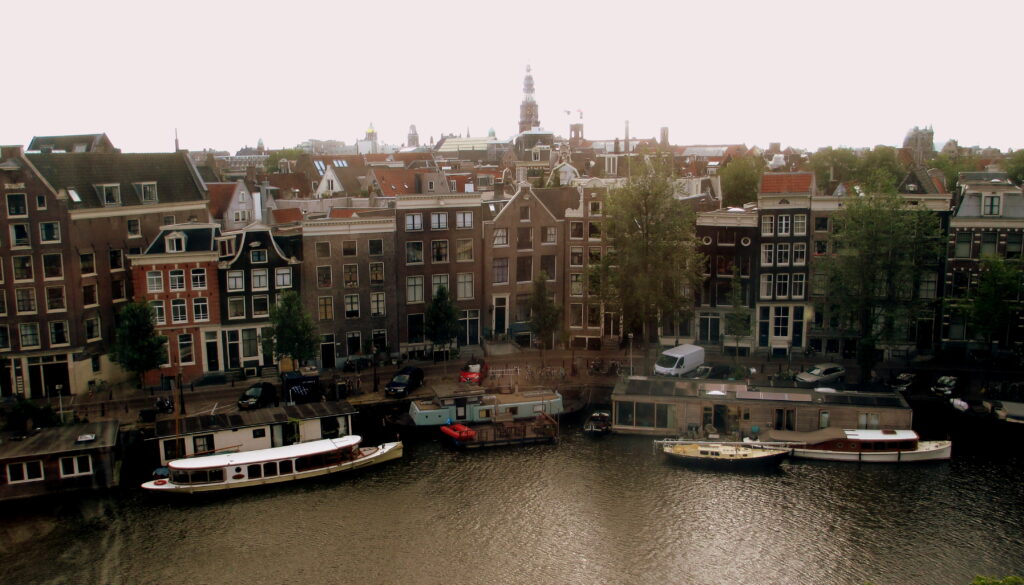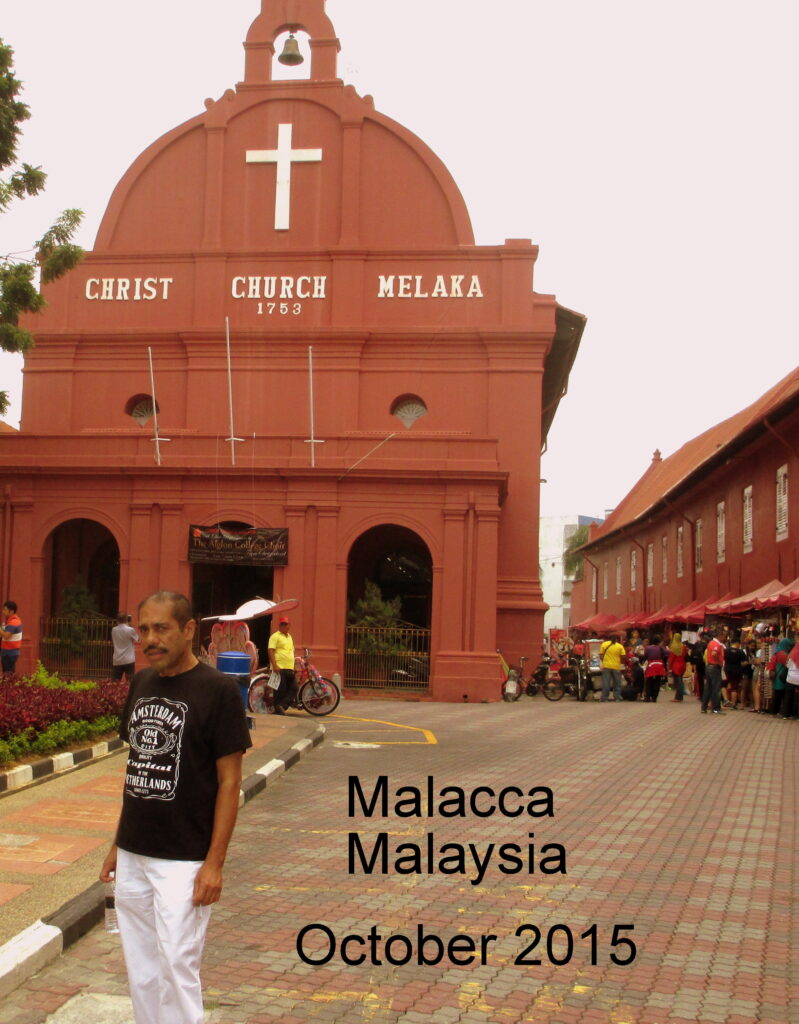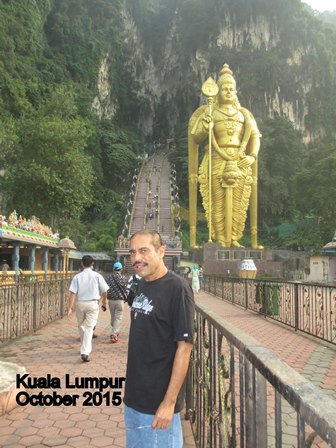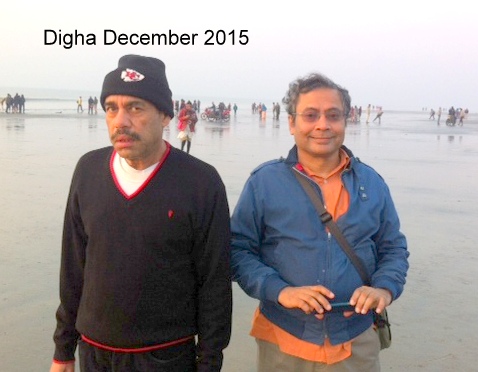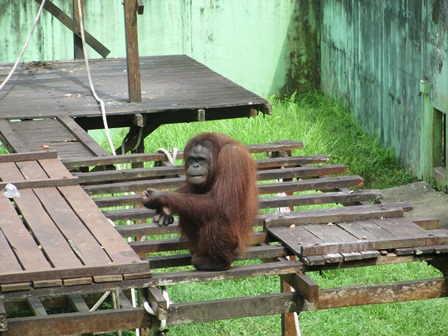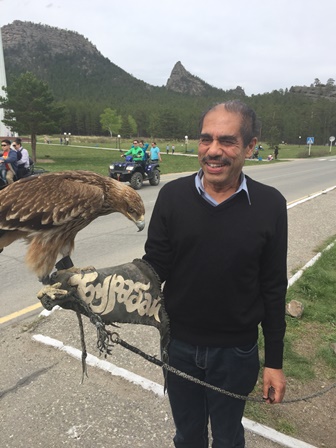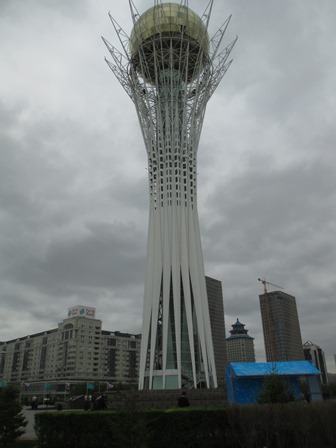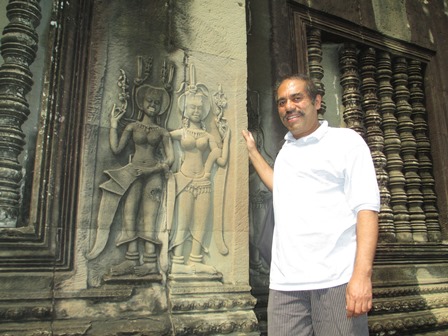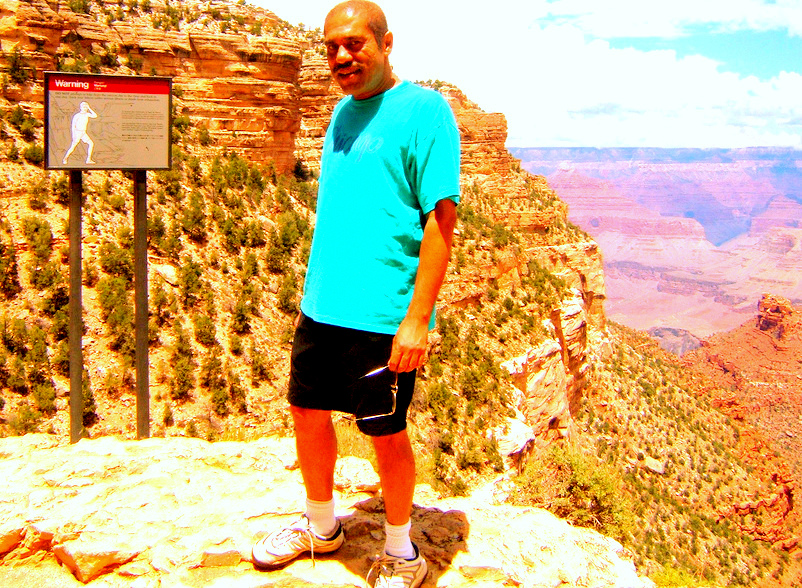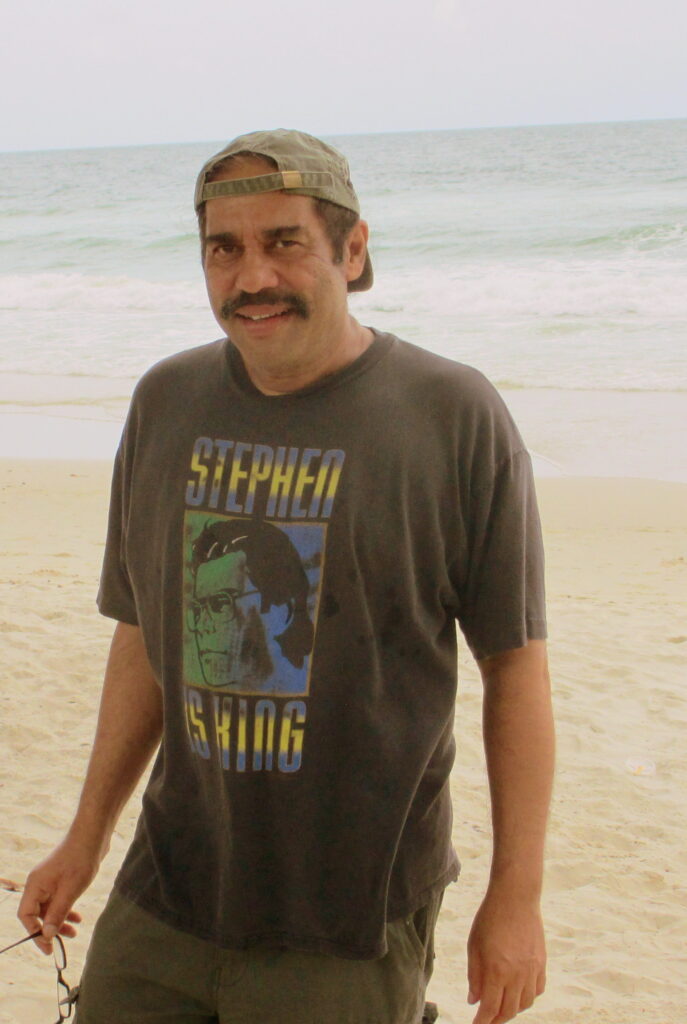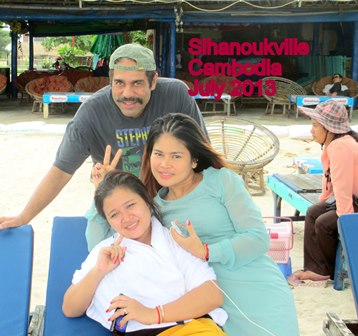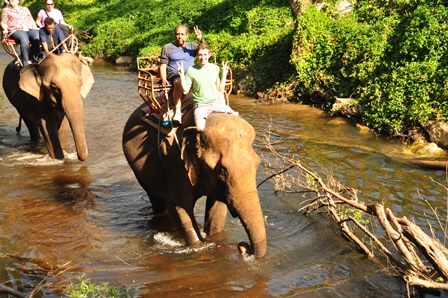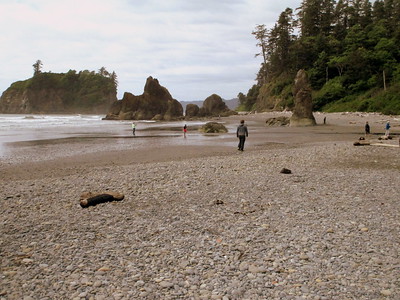যেদিন ট্রেন স্টেশন পালিয়ে গেল!
জীবনের প্রথম পচিশ বছর আমি কলকাতায় কাটিয়েছি ফলে অনেকবার অনেক রকম ট্রেনে চড়ার অভিঙ্গতা হয়েছে। গণ্ডগোলও হয়েছে অনেকবার। টিকিট হারিয়ে গেছে, ট্রেন মিস হয়ে গেছে, স্টেশন ছেড়ে গেছে, কিন্তু ট্রেন স্টেশন পালিয়ে যাওয়ার মতো ঘটনা কোনদিন ঘটেনি !!
আমেরিকায় গিয়ে দেখি, ট্রেন খুব একটা জনপ্রিয় নয়। প্রায় সকলেরই গাড়ি আছে, বিশাল চওড়া হাইওয়ে আছে সারা দেশ ছড়িয়ে। লোকাল ট্রান্সপোর্ট আমেরিকার ৮০% জায়গাতেই নেই বললেই চলে, ফলে ট্রেনে করে কোথাও গেলে সেখানে আবার গাড়ি ভাড়া করতে হয়। পরিবারে তিনজন বা তার বেশী লোক থাকলে গাড়ি করে যাওয়ার মাথা পিছু খরচাও কম পড়ে , আর অনেক স্বাধীন ভাবে ঘোরা যায় ।
১৯৮০ সাল থেকে প্লেনের ভাড়া অনেক কমে গেল deregulation – এর জন্যে । গাড়ির কারখানার
মালিক পুঁজিপতিরা আর লোভী রাজনৈতিকরা অনেক কায়দা করে আমেরিকার ট্রেনের বারোটা বাজিয়ে দিলেন। ২০০০ সালের পর থেকে আমেরিকায় একটাই যাত্রী বাহক ট্রেন কোম্পানি রইল , নাম Amtrak, বাকি ট্রেন কোম্পানিগুলো সব লাটে উঠে গেল।
এই Amtrak খুব একটা সুবিধের নয় – বেশী জায়গায় চলে না, অনেক সময় লাগে, অনেক লেট হয়, ট্রেনের ভেতর খাবার পাওয়া যায় না ভাল । আমেরিকা খুব বড় দেশ, ফলে নিউ ইয়র্ক থেকে ক্যালিফোর্নিয়া প্লেনে যেতে চার থেকে পাঁচ ঘণ্টা লাগে আর ট্রেনে লাগে পাঁচ ছয় দিন!
কিন্তু চিরকাল এরকম ছিল না। ১৯০০ থেকে ১৯৫০ আমেরিকায় ট্রেন -এর স্বর্ণযুগ , আজকাল থেকে আকাশ পাতাল তফাত। সমস্ত দেশে প্রচুর ট্রেন চলত ইন্ডিয়ার মতন, বিশাল বিশাল ট্রেন স্টেশন ছিল সব
বড় শহরে। ট্রেন station গুলো খুব বড়, ছাত অনেক গুলো ২০০ ফুট বা তার বেশি উঁচু , মধ্যে ১৪/১৫ টা প্ল্যাটফর্ম আছে। শীতকালে যখন বাইরে খুব ঠাণ্ডা, ট্রেনগুলো স্টেশন -এর ভেতরে চলে আসত একদম যাতে যাত্রীদের ঠাণ্ডা না লাগে। ছোট শহরগুলোতেও ভাল ট্রেন স্টেশন ছিল। প্রায় সব সহরেই বাস, ট্রাম, ট্রলি, ট্যাক্সি পাওয়া যেত ফলে প্রচুর লোক ট্রেনে করে যাতায়াত করতো।
১৯৫০ সালের পর থেকে আমেরিকার অর্থনৈতিক অবস্থার খুব উন্নতি হতে শুরু হোল । সাধারন মানুষের আয় অনেক বেড়ে গেল , প্রায় সকলেই গাড়ী কিনতে শুরু করলো । পেট্রলের দামও খুবই কম। বিশাল চওড়া হাইওয়ে সারা দেশ ছড়িয়ে সরকার তৈরি করতে শুরু করে দিল। এইসবের মধ্যে ট্রেনে চড়া আস্তে আস্তে অনেক কমে গেল, আগেই বলেছি ১৯৮০ সালের পরের থেকে ট্রেন লোকে প্রায় চড়াই ছেড়ে দিল।
ট্রেনের দিন তো চলে গেল, কিন্তু মস্ত বড় স্টেশন গুলো তো রয়ে গেলো । যেখানে প্রতিদিন কয়েকশো গাড়ি চলত, সেখানে এখন ১০ টা ট্রেন সারাদিনে চলে হয় ত।
স্টেশন গুলো শুধু আকারে বড় নয়, অনেক যত্ন করে তৈরি করা, অনেক টাকা খরচা করে।
তা কি হবে ওই সব স্টেশন গুলোর? অনেক সরকারি সংস্থা , অনেক থিঙ্ক ট্যাঙ্ক , অনেক বিশ্ববিদ্যালায়ের গবেষকরা নানা রকম plan করে এই স্টেশন গুলো সংস্কার করে নতুন কাজে ব্যাবহার করার রাস্তা দেখালেন। প্রায় কুড়ি তিরিশটা স্টেশন নতুন করে করা হোল। ভেতরে ট্রেনের মিউসিয়াম, ঐতিহাসিক মিউসিয়াম , শিশুদের মিউসিয়াম, প্ল্যানেটারিয়াম , আইমাক্স সিনেমা, এইসব করা হল। ট্রেন কোম্পানির
অফিস আর গুদামঘরগুলো ব্যাবসাদারদের ভাড়া দেওয়া হল। কোন কোন স্টেশন -এ হোটেল, শপিং মল, ফুড কোর্ট , এইসব খুলেও লোকজন আকর্ষণ করার চেষ্টা করা হয়েছে।
আমি আমেরিকার ক্যানসাস উনিভারসিটিতে প্রায় ৩৫ বছর পড়িয়েছি। ২০০৫-৬ সাল নাগাদ একটা মজার পারট -টাইম কাজ করার সুযোগ পেলাম। আপনারা GRE, GMAT, TOEFL এইসব পরীক্ষার কথা নিশ্চয়ই শুনেছেন, এগুলো আমেরিকার বিশ্ববিদ্যালয়তে ঢোকার আগে নিতে হয়, সারা পৃথিবীর ছাত্ররা এই পরীক্ষা দেয় । ওই রকম একটা পরীক্ষা হয় হাই স্কুল শেষ করার আগে, তাকে বলে এ পি এক্সাম (advanced placement examination)। পরীক্ষার সমস্ত খাতা, অনেক হাজার, একসঙ্গে দেখা হয়
আমেরিকার সিনসিনাটি শহরে। আমি অর্থ শাস্ত্রের খাতা দেখার কাজ পেয়েছিলাম। আট দিনের কাজ, প্লেন ভাড়া, খাওয়া দাওয়া সব ফ্রি। আবার একটা নামকরা পাঁচ তারা হোটেল যার নাম সিনসিনাটি হিলটন, সেখানে আমাদের থাকতে দেওয়া হোল । আমি বোধ হয় দশ বছর টানা ওই কাজ করেছি। গরমকালে যখন সিনসিনাটিতে খুব ভাল আবহাওয়া, তখন এক সপ্তাহের কাজ, ভাল হোটেলে থাকা, ফ্রি খাওয়া, সন্ধেবেলায় কাছের পার্কে গিয়ে গান শোনা , আর সপ্তাহের শেষে সাত দিনের পারিশ্রমিক – ভালই কাজ !!
না, তবে, দিনে টানা আট ঘণ্টা খাতা দেখতেও হতো, ঘুম পেত খুব।
২০১০ সালে হবে হয়ত, আমার পুরনো ছাত্র দেবুর সাথে অনেক দিন পরে ফোনে যোগাযোগ হোল। দেবু আমার প্রেসিডেন্সি কলেজের ছাত্র ছিল অনেক দিন আগে, এখন একা একা শিকাগো সহরে থাকে – ওর জীবনে অনেক দুঃখের ঘটনা ঘটে গেছে, সেসব আর এখানে বলছি না।
ওর সঙ্গে দেখা করার ঝোঁক চেপে গেল। শিকাগো থেকে সিনসিনাটি বেশি দূরে নয়। ঠিক করলাম
শনিবার রাতে সিনসিনাটি থেকে বেরিয়ে শিকাগো চলে যাবো , দেবুর সঙ্গে একটা দিন কাটিয়ে সন্ধ্যের প্লেন ধরে ক্যানসাস সিটি চলে আসব। সোমবার সকালে আমায় ক্লাস পড়াতে হবে, ছুটি হবে না।
এই সব প্ল্যান গোড়াতেই ভেস্তে গেল। সিনসিনাটি থেকে শিকাগো , মাত্র এক ঘণ্টার প্লেনে ওড়ার জন্যে ভাড়া দেখি ৪০,০০০ টাকা – বাপ রে !! সাধারন সময় ওই টিকিটের দাম থাকে ৯০০০ টাকার মত, জানি না কি হয়েছিল। রাত্রে চলে এইরকম একটা বাসের খোঁজ পাওয়া গেল, ভাড়া কম, কিন্তু ছোট একটা ব্যাগ নিয়েই উঠতে হবে, বড় ব্যাগ নেওয়া যাবে না। আমার আবার সাতদিনের কাজে রোজ পরার জন্যে ভাল জামা কাপড় টাই জ্যাকেট সব আনতে হয়েছে , দুটো সুটকেস ভর্তি হয়ে গেছে, সে নিয়ে তো বাসে ওঠা যাবে না!
হটাত ভাবলাম ট্রেন ভাড়া দেখা যাক তো! ট্রেনের ওয়েবসাইটে দেখি একটা স্পেসাল ভাড়া – মোটে এক সপ্তাহের জন্য, – ৩০০০ টাকা মাত্র। রাত্রি দেড়টার সময় ছাড়বে আর সকাল দশটার সময় শিকাগো পৌছবে। দেবুর সঙ্গে সন্ধ্যে ছটা অবধি সময় কাটান যাবে। টিকিট কাটা হয়ে গেল অনলাইনে, দেবুকে ফোন করে দিলাম!
সিনসিনাটি শহরে খাতা দেখার যে সম্মেলন হয়, তাতে আমেরিকার বহু জায়গা থেকে অনেকে আসেন, অর্থ শাস্ত্র ছাড়াও অন্য বহু বিষয়ের শিক্ষকরা আসেন। ওখানেই আমার সঙ্গে মাইকেল কলিন্সের সঙ্গে আলাপ হল। মাইকেল ক্যানসাসের একটা ছোট শহরের পুঁচকে কলেজে পড়াতেন, সাদা চুল আর দাড়ি , মুখে হাসি লেগেই আছে। আমরা রোজ আড্ডা মারতাম। যে শনিবার রাতে শিকাগোর ট্রেন ধরবো, সেদিন আমাদের কাজ দুপুরের পরে শেষ হয়ে গেলো। দুপুরের খাবার খেতে খেতে মাইকেলকে বললাম
“আজ রাতে ট্রেনে করে শিকাগো যাবো” ।
“ সে কি, প্লেন কি হোল? “ উনি খুব অবাক হলেন।
“প্লেনের একগাদা ভাড়া চাইছে। আমি কম দামে একটা ট্রেনের টিকিট কেটেছি। ইউনিঅন স্টেশন থেকে
ছাড়বে রাত একটায়। আপনি জানেন সেটা কোথায় ?“ আমি জিজ্ঞাসা করলাম।
“না, কিন্তু ম্যাপ দেখে বার করা যাবে।“ মাইকেল্ বাবুকে একটু চিন্তিত মনে হল। ভুরুটা কুঁচকে বললেন
“জানেন আমি অনেকদিন আগে এদেশে ট্রেনে করে ঘুরতে গেছি, আমার অভিজ্ঞতা খুব খারাপ। স্টেশনগুলো শহরের খারাপ জায়গায় হয়, চতুর্দিকে চোর বদমাইশ লোক ঘুরে বেড়াচ্ছে , স্টেশনের মধ্যে খুব নোংরা , খাবার দাবার পাওয়া যায় না। অতো রাতে আপনি কেন যাচ্ছেন? শেষকালে বিপদে পড়বেন নাকি?”
এবার আমি চিন্তায় পড়লাম। খানিকক্ষণ চিন্তা করে মাথায় একটা আইডিয়া এলোঃ
“মাইকেল স্যার, শুনুন কি বলছি। এখন এই দুপুরে আমাদের কিছুই করার নেই, চলুন একটা ট্যাক্সি করে
, স্টেশনটা দেখে আসি। যদি সুবিধে না হয়, শিকাগো যাওয়া বাতিল করে দোব।“
দুজনে একটা ট্যাক্সিতে ওঠা হল। ট্যাক্সি ড্রাইভার ইউনিঅন স্টেশনের নাম জানে দেখলাম, সোজা নিয়ে গেল। অফিস পাড়ার মধ্যে এক রাজসিক স্টেশন – প্রাসাদের মত চেহারা, দুটো গম্বুজ আছে, কাছে পিঠে কিন্তু লোকের বসতি নেই।
স্টেশনের মধ্যে অনেক কিছু আছে। জুন মাসের প্রথমে, স্কুল সব ছুটি হয়ে গেছে, অনেক ছেলেমেয়ে এসেছে দল বেঁধে । দুটো মিউসিয়াম আছে, একটা ছোটদের জন্যে, আর একটা প্রাকৃতিক ইতিহাসের (natural history)। আমরা দুজনেই মিউসিয়াম দেখতে খুব ভালবাসি, প্রাকৃতিক ইতিহাসের মিউসিয়ামটা আগেই ঘুরে এলাম। আমেরিকার ওই জায়গার শহর ও গ্রামের গত দুশো বছরের ইতিহাস, পুরনো দিনের চাষিদের জীবনযাত্রা , কারখানার শ্রমিকের জীবন , তাদের বাড়ি, আসবাব পত্র , ঘোড়ার গাড়ি, – সব কিছু ছবি, পূর্ণাকার (life-size) মডেল , ভিডিও, এইসব দিয়ে খুব সুন্দর করে সাজান।
মিউসিয়াম দেখে আমরা ওখানের ফুড কোর্টে চলে গেলাম। পুরনো স্টেশনের প্রধান প্রবেশকক্ষ, দুশো ফুট উঁচু ছাত, সেখান ফুড কোর্ট বানিয়েছে, স্কুলের ছেলেমেয়েরা হুল্লোড় করছে । কফি খাওয়া হয়ে গেলে মাইকেল বাবু বললেন “ সবই তো হোল , তা ট্রেন স্টেশনের দেখা তো পাওয়া গেলো না। কোথা থেকে ট্রেনে উঠবেন ?” আমি বললাম “ সত্যি, এত সব জিনিস আছে কিন্তু রেলগাড়ির কোন দেখা নেই। নিজেরাই বাড়িটার মধ্যে ঘুরে দেখলাম। প্রাসাদের মত স্টেশন , দোকান , মিউসিয়াম , এইসব ছাড়াও প্রায় পঞ্চাশ ষাটটা ঘর তালা চাবি দিয়ে বন্ধ – আগে নিশ্চয়ই নানারকম রেলের অফিস ছিল, একটা কাউনটার দেখা গেল, লেখা আছে “খবর এবং সহায়তা” (information and assistance)। সেখানে একটি খুবই কম্ বয়সী মেয়ে, খুব হাসিখুশি, সবার প্রশ্নের উত্তর দিচ্ছে । আমরা তাকে প্রশ্ন করলাম “মিস, এখানে Amtrak -এর স্টেশনটা কোথায় জানেন? যেখান থেকে ট্রেন ছাড়ে?” এই প্রশ্নটা শুনেই ওই সুন্দর মেয়েটার হাসি বন্ধ হয়ে গেল ভুরু কুঁচকে গেল। গম্ভীর ভাবে আমাকে বলল “ স্যার। এখানে আমি পাঁচ বছর কাজ করছি, কোনদিন কোন ট্রেন দেখিনি। আমি তো শুনে অবাক! মেয়েটার পেছনেই একটা বড় নোটিস বোর্ড ছিল, সেখানে যত স্থানীয় ব্যাবসাদারদের বিজ্ঞাপন , খাবার দোকানের বিজ্ঞাপন, খেলাধুলার ইভেন্ট এর বিজ্ঞাপন, আরও কত কি! মাঝখানে কিন্তু একটা ছয় কোণা Amtrak -এর লোগো ঝুলছে ! আমি মেয়েটাকে বললাম “এইতো স্টেশনের লোগো আছে, এখানেই কোথাও স্টেশনটা হবে।“ শুকনো মুখ করে মেয়েটা বলল। “একটু দাঁড়ান স্যার, আমার বস -কে জিজ্ঞাসা করি।“ বস এলেন, একজন বয়স্ক মহিলা।
“ স্যার, আমি এখানে দশ বছর কাজ করছি, এই মস্ত বাড়ির সব জায়গাই আমার চেনা - কোনদিন স্টেশন দেখিনি, যাত্রীবাহী ট্রেন দেখিনি, ট্রেনের কর্মচারী দেখিনি, টিকিটের জানলা দেখিনি, আর কি বলব আপনাকে ! একটা পুরনো ট্রেন লাইন আছে স্টেশনের পেছনে, সেখান দিয়ে শুধু মালগাড়ি চলে, সেটা বড় পাঁচিল দিয়ে আলাদা করা, কোন স্টেশন কিন্তু সেখানে নেই , সেখানে যাবার রাস্তাও নেই।
আমি, আর মাইকেল বাবু এসব শুনে তো ডবল অবাক!
মাইকেল বাবু বললেন “ আমার বন্ধু তো কনফারম করা টিকিট কেটেছে , ওখানে লেখা আছে রাত দেড়টার সময় স্টেশন থেকে ট্রেন ছাড়বে, আর কোন স্টেশন আছে নাকি এই সহরে?”
ওই দুই মহিলা অনেকবার ক্ষমা চেয়ে নিলেন “ আমরা আর কিছু জানিনা। টিকিটের ওপরে একটা ফোন নাম্বার লেখা থাকবে, সেখানে ফোন করে দেখুন”। আমরা আর কি করব!! মাথা চুলকাতে চুলকাতে হোটেলে ফিরে এলাম। টিকিটের ওপরে লেখা ফোন নম্বরে ফোন করে কিছুই হল না। ফোনে একটা রেকর্ডিং বার বার বলতে লাগল “ ট্রেন রাত দেড়টায় সিনসিনাটি সহরের ইউনিয়ন স্টেশন থেকে ছাড়বে , স্ট্যাটাস ওকে!” একই কথা বার বার বলে, লাইভ মানুষের গলা আর আসে না কিছুতেই, বিরক্ত হয়ে ফোন ছেড়ে দিলাম।
শেষ পর্যন্ত মনস্থির করে মাইকেল বাবুকে বললাম
“আমি ওই ট্রেন ধরব স্যার!” “সত্যি ? কোথা থেকে? “ উনি দেখি মুচকি মুচকি হাসছেন। “ শুনুন” আমি বললাম “ রাত সাড়ে বারোটার সময় একটা ট্যাক্সি করে ওই স্টেশনে যাব। যদি ট্রেন পাওয়া যায় ভাল, না হলে আবার ট্যাক্সি নিয়ে হোটেলে ফিরে আসব। আপনি আমার ঘরের চাবি রেখে দিন, আমি যদি না আসি কালকে চেক আউট ডেস্কে চাবি ফেরত দিয়ে দেবেন, ঠিক আছে তো? হোটেলের ঘরের বিল আগামিকাল দুপুর বারোটা অবধি দেওয়া আছে। আর যদি ফিরে আসি, আপনার ঘরে গিয়ে আমার চাবি নিয়ে আসব গভীর রাত্রে।
দুর্গা দুর্গা বলতে বলতে, রাত সাড়ে বারোটার সময় ট্যাক্সি ধরলাম। ট্যাক্সি ড্রাইভার একজন বয়স্ক আমেরিকান, উনি খুব সন্দেহ প্রকাশ করলেন, “আমি ইউনিঅন স্টেশনে যাত্রী নিয়ে গেছি দিনেরবেলা হয় শপিং মলে বা মিউসিয়ামে, কিন্তু ট্রেন ধরার জন্য কোনদিন কাউকে নিয়ে যাই নি। আমার ধারনা ছিল এখান থেকে ট্রেন উঠে গেছে । “
দেখ কাণ্ড!
যাই হোক , ট্যাক্সি অফিস পাড়ায় এসে পড়ল , সব অন্ধকার। ইউনিঅন স্টেশনের অতো বড় বাড়িটায় কোন আলো জলছে না। একটা পুঁচকে ধারের দরজা খোলা আছে, একটা ইলেক্ট্রিক বাল্ব জলছে,
একটা সাইন ঝুলছে লেখা ঃ Amtrak!!
ওই দরজা দিয়ে ঢুকলাম।
বাড়ির মধ্যে সব আলো নেভান, একটা করিডরে শুধু টিমটিম করে কম পাওয়ার -এর আলো জ্বলছে , অনেকটা ভেতরে গিয়ে অনেক বন্ধ অফিসঘর, শুধু একটা ঘরের বাইরে আলো জলছে – লেখা আছে
WELCOME
Cincinnati Union Station
AMTRAK
Hours : 12:00 midnight to 4:00 AM
Sundays, Tuesdays and Fridays only
ছোট কাঠের দরজা ঠেলে ভেতরে গেলাম। একটা ওয়েটিং রুম, প্রায় তিরিশটা কাঠের চেয়ার দেওয়া, আমাকে নিয়ে মোট ছয় জন যাত্রী অপেক্ষা করছে। ট্রেনটা নিউ ইয়র্ক থেকে আসছে , দুই ঘণ্টা লেট – টিকিট ঘরের গায়ে নোটিস লাগান আছে। টিকিট এবং লাগেজের জন্যে দুজন , একজন হাউস কিপিং , আর একজন ইঞ্জিনিয়ার / বড়বাবু । মোটে চারজন কর্মচারী দেখলাম, হয়ত আরও দুএকজন ছিল।
সপ্তাহে তিন দিন দুটো করে ট্রেন যায় , রাত দেড়টার সময় নিউ ইয়র্ক – শিকাগো, আর সাড়ে তিনটের সময় উলটো দিকে শিকাগো – নিউ ইয়র্ক ।
এইখান থেকে আগে দিনে কয়েক শো ট্রেন যেত , আর আজ কি হাল হয়েছে! দিনের বেলা মলে বা দোকানে যারা কাজ করে, তারা এই চার জন কর্মচারীকে দেখতেই পায়না, Cincinnati Union Station -এর সাইন সরিয়ে নেওয়া হয় যখন স্টেশন বন্ধ থাকে। স্টেশন পালায় নি, স্টেশন ছোট হয়ে গিয়ে লুকিয়ে পড়েছে !! লোকে ধরেই নিয়েছে যে স্টেশন উঠে গেছে !
যাই হোক , দুই ঘণ্টা কাঠের চেয়ারে বসে পিঠে ব্যাথা হয়ে গেলো। খাবার বলতে শুধু জলের বোতল ছিল ওখানে।
ট্রেন এল রাত সাড়ে তিনটের সময় । চেয়ার কারে আমার সিট পড়েছিলো। ভাল সিট গুলো। নরম, হেলে যায় অনেকটা । ঘুম হোল কয়েক ঘণ্টা ।
সকালে আটটায় ঘুম ভেঙ্গে গেল। ডাইনিং কারে কিছুই পাওয়া গেলনা। শুধু কালো ইনস্ট্যান্ট কফি, দুধ নেই,, কিছু বিস্কিট আর প্লাসটিকে মোড়া শুকনো কেক। তাই খেয়ে রইলাম দুপুর একটা অবধি ।
আমেরিকার পশ্চিম দিকে যেখানে প্রছুর পাহাড় আছে, সেখানে ট্রেন থেকে খুব সুন্দর সিনারি দেখা যায় । আমাদের ট্রেনটা কিন্তু সমতল ভুমির ওপর দিয়ে যায় – শুধু চাষের জমি আর ছোট ছোট শহর। সিনারি একেবারে নর্মাল, সুন্দরের কোন ব্যাপার নেই । আমেরিকার ছোট সহরগুলোতে অনেক ফ্যাক্টরি ছিল আগে, জুতো , জামা, বাসনপত্র, আসবাব, electronincs, আরো কত কি তৈরি হোতো আমি দেখেছি ৮০ আর ৯০ -আর দশকে। এখন চাইনিস আমদানি এবং globalization -এর চাপে পড়ে প্রায় সব কারখানাই উঠে গেছে। কারখানার ফাঁকা বাড়ি আর যন্ত্রপাতি ছড়িয়ে আছে অনেক জায়গায়, দেখলে মনটা খারাপই হয়ে যায়।
একটার সময় শিকাগো এসে গেলো , আমার ছাত্র দেবু প্লাটফর্মেই দাঁড়িয়ে ছিল। মনটা খুব ভাল হয়ে গেল প্রায় কুড়ি বছর পরে ওর দেখা পেয়ে। আমরা কাছেই একটা গ্রিক রেস্তোরাতে চলে গেলাম। পেট খিদেয় জ্বলে যাচ্ছিলো । পিটা ব্রেড , হাম্মাস, তাহিনি, রোস্ট ভেড়ার মাংস, আর একটা মহিতো (মকটেল নয়, আসল মাল!) খুব করে খেয়ে দেবুর ফ্ল্যাটে গেলাম। সেখানে ওর সোফায় শুয়ে পুরনো দিনের কথা বলতে বলতে চোখ ঘুমে ভরে গেল।
“ রাতে ঘুম হয় নি, দেবু! ঘণ্টা দুয়েক পরে দেকে দিও” – এই বলে সে কি ঘুম!
তিন ঘণ্টা ঘুমের পরে দেখা গেল আর গল্প করার সময় নেই!! চলে গেলাম মেট্রো করে এয়ারপোর্টে , সেখান থেকে ক্যানসাসে আমার বাড়ি আসলাম রাত এগারটায়! ছুটি খতম!
দেবুর সঙ্গে বুড়ি ছুঁয়ে দেখা হল এবারে, কিন্তু এর পরের বছর শিকাগোর ভাল হোটেলে ঘর ভাড়া করে কয়েক দিন ছিলাম, দেবুর সঙ্গে অনেক কথা হোল তখন।
ট্রেনের ব্যাপারটা খুবই মজার হয়েছে, ট্রেন স্টেশন পালিয়ে যাওয়ার কথা এখনো মনে পড়ে।
তারপর আর আমেরিকায় ট্রেন চড়া হয় নি একবারও!
“

